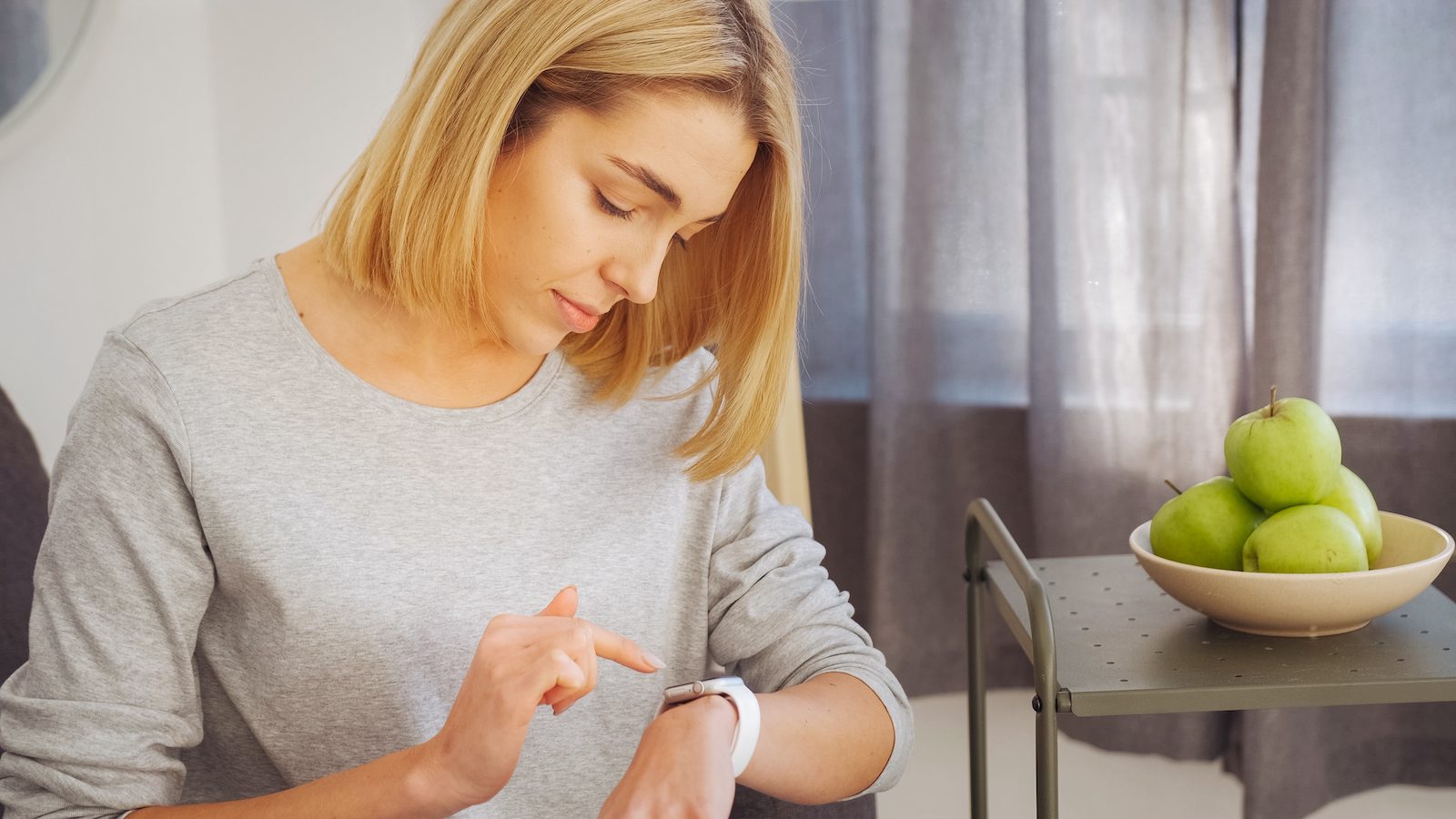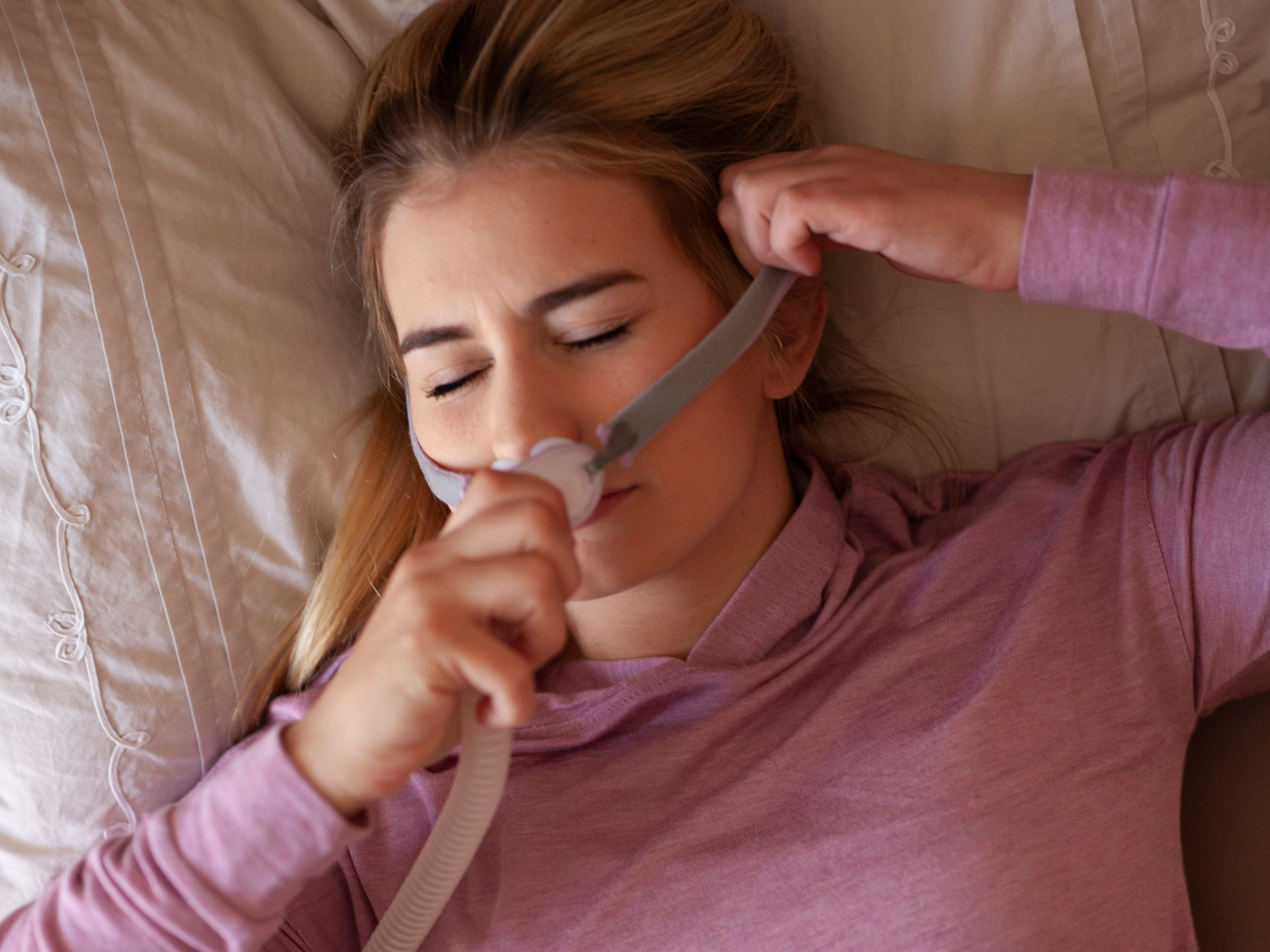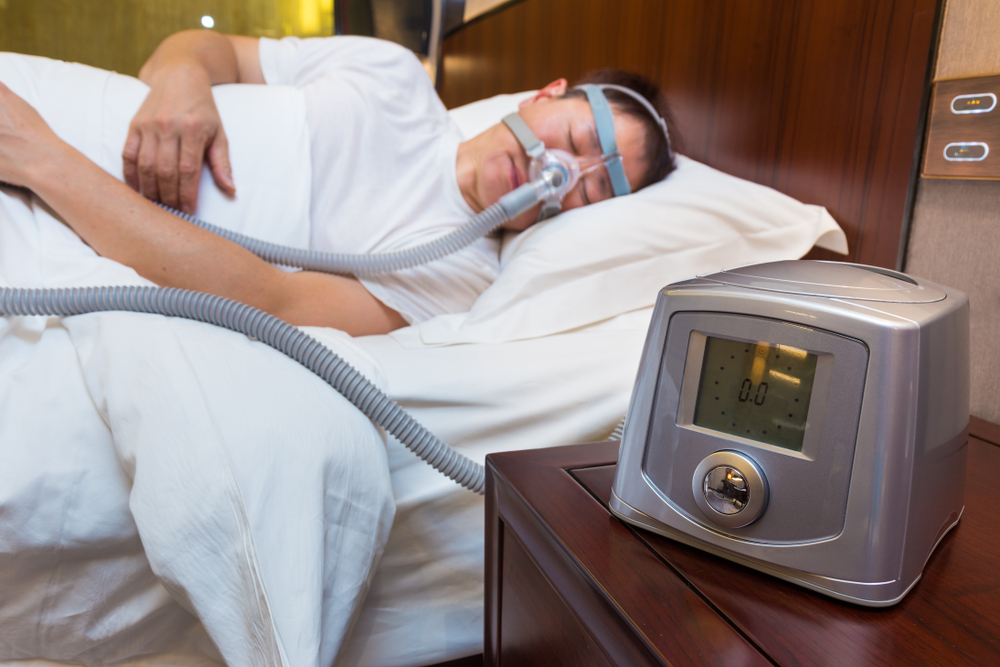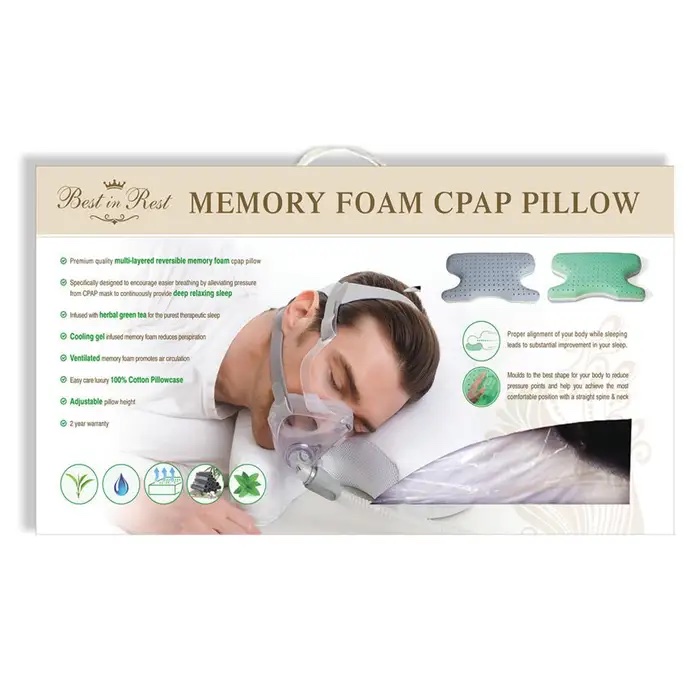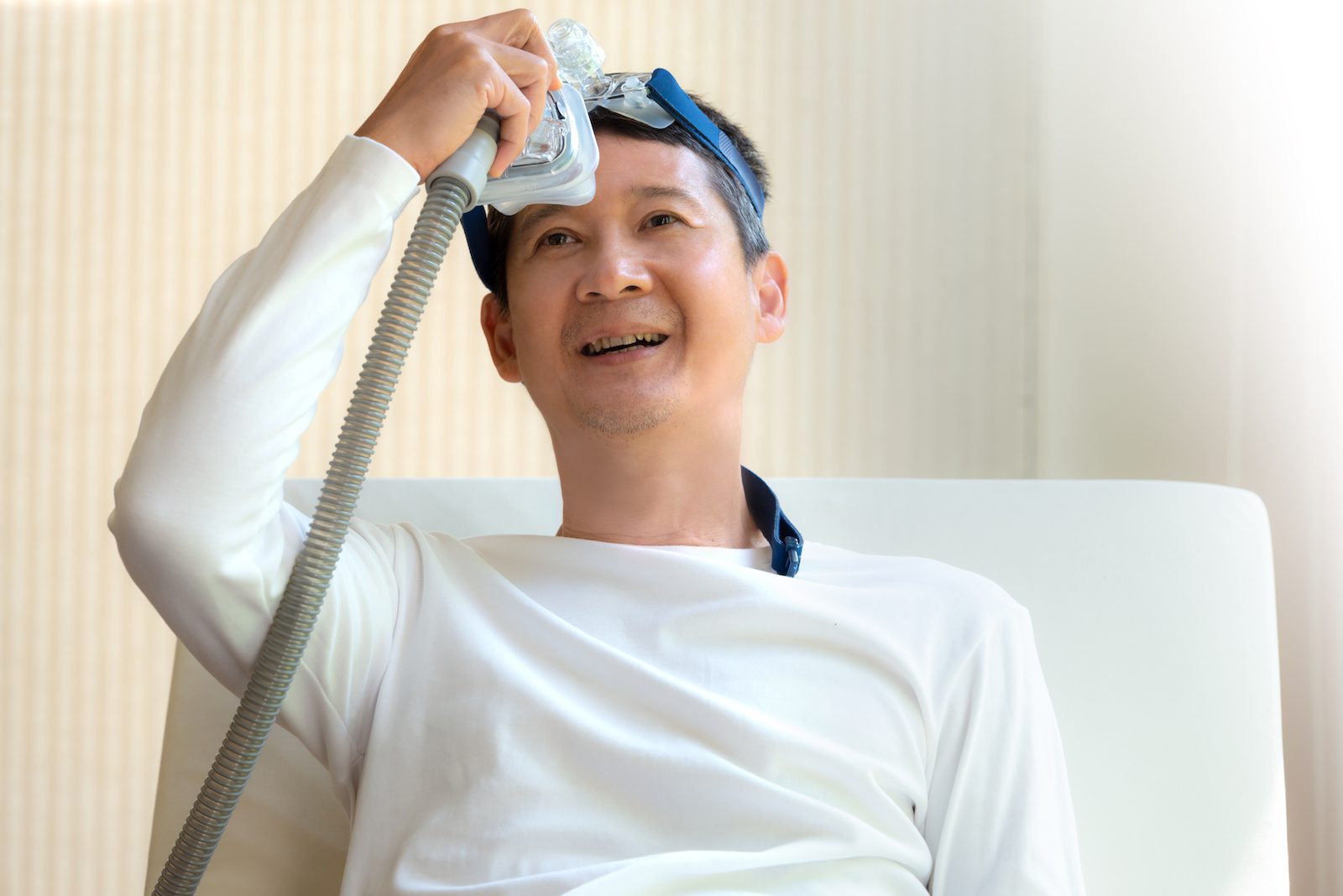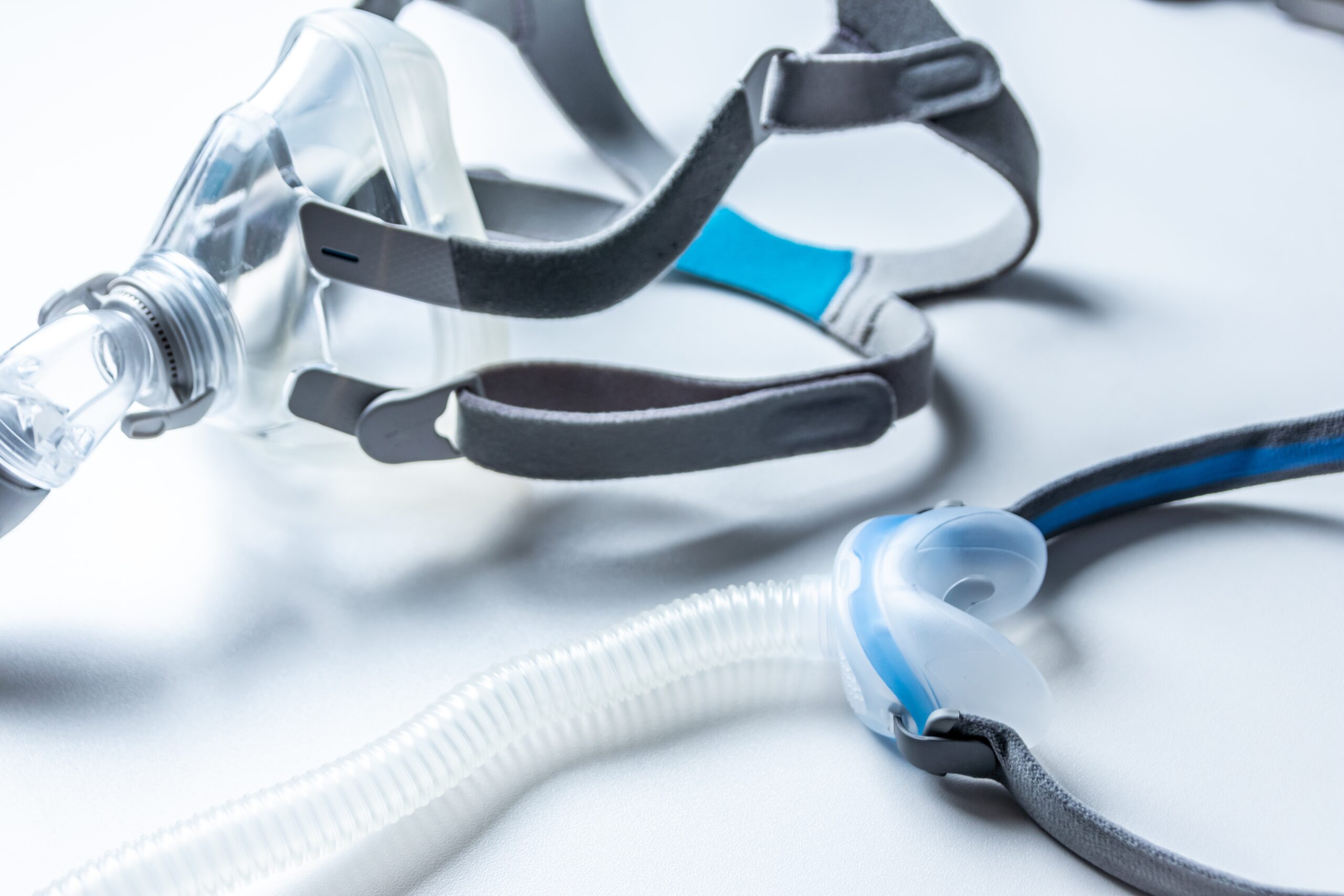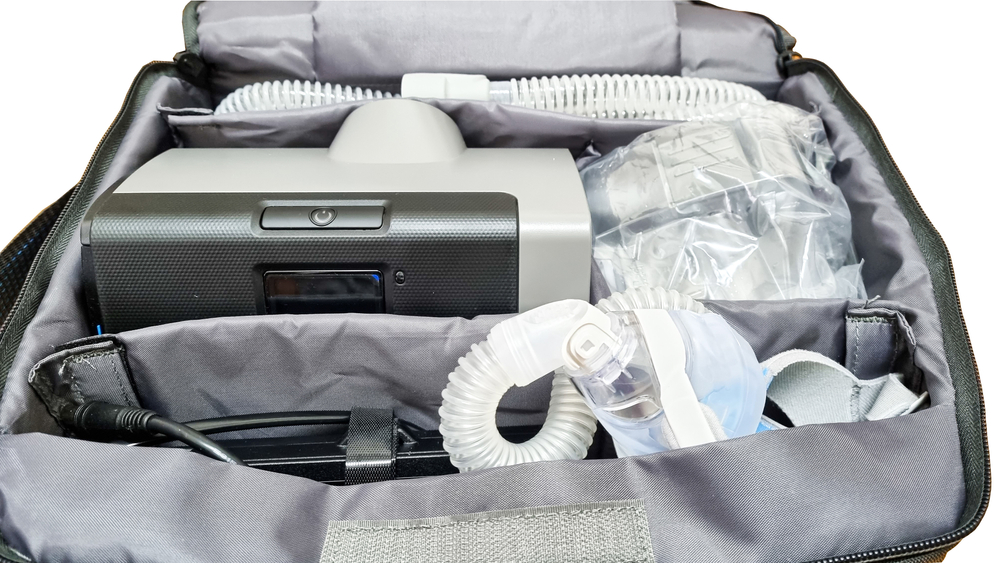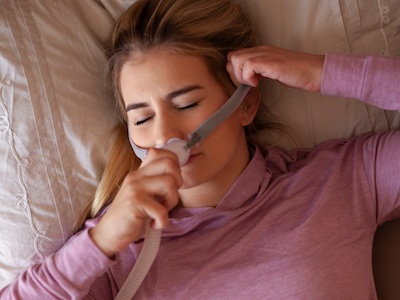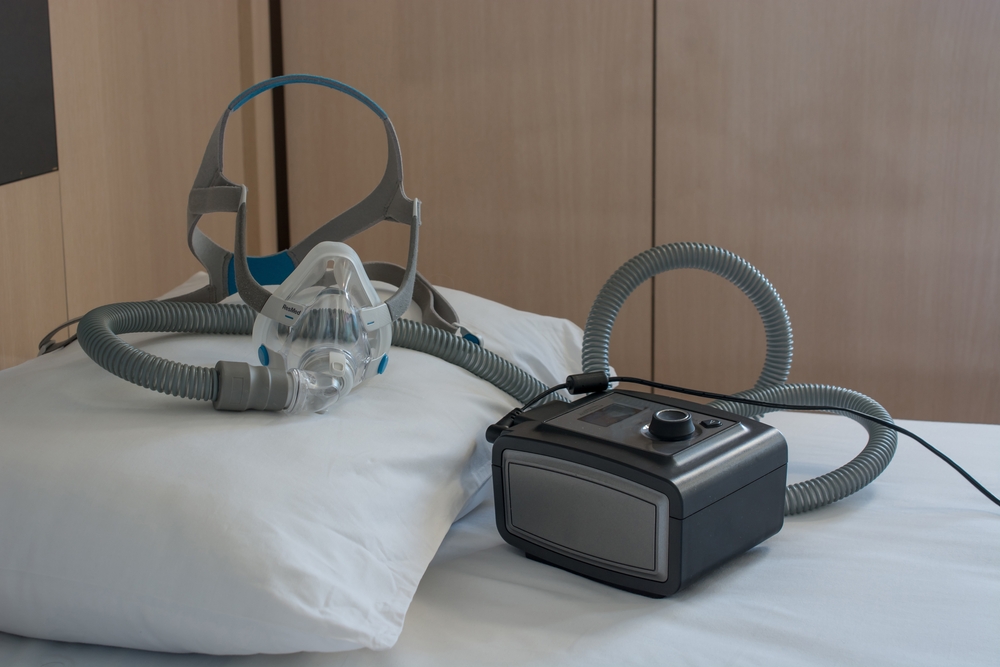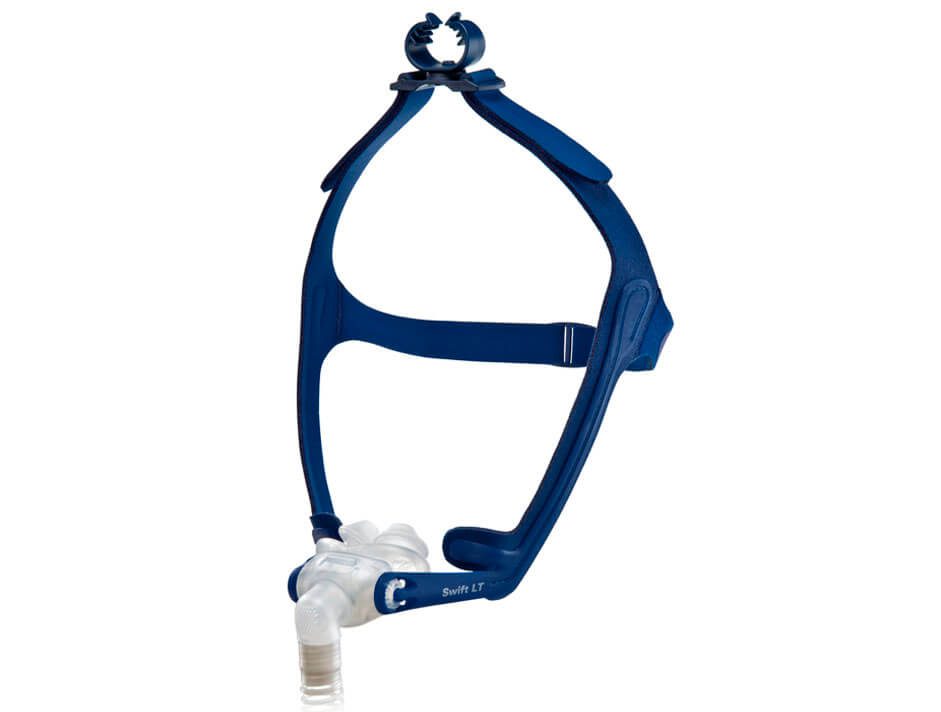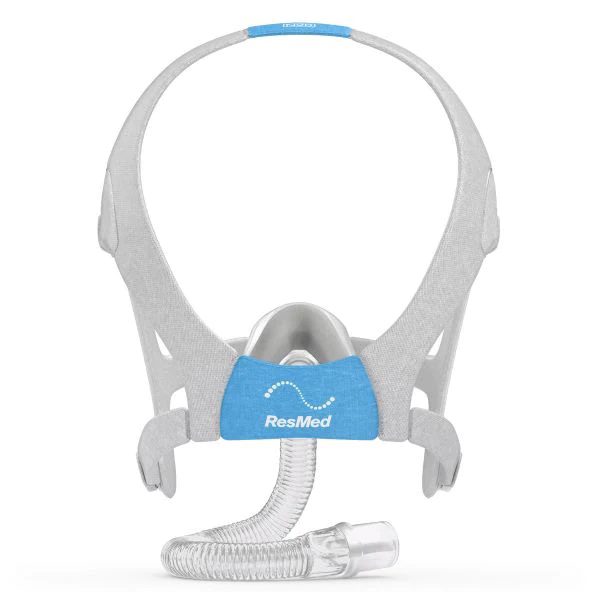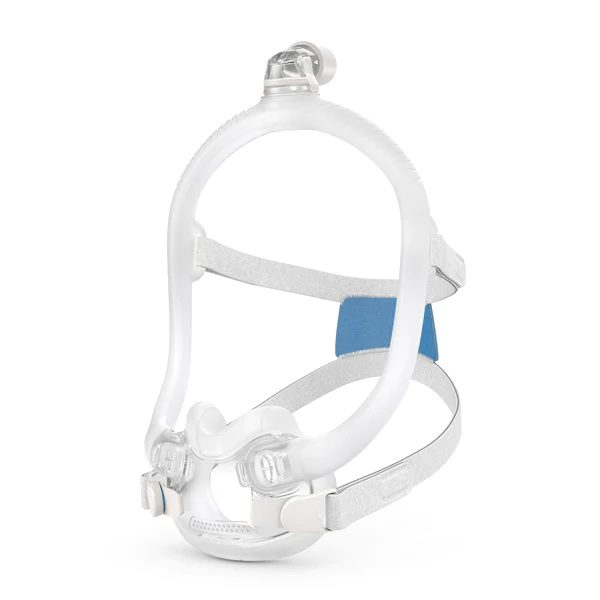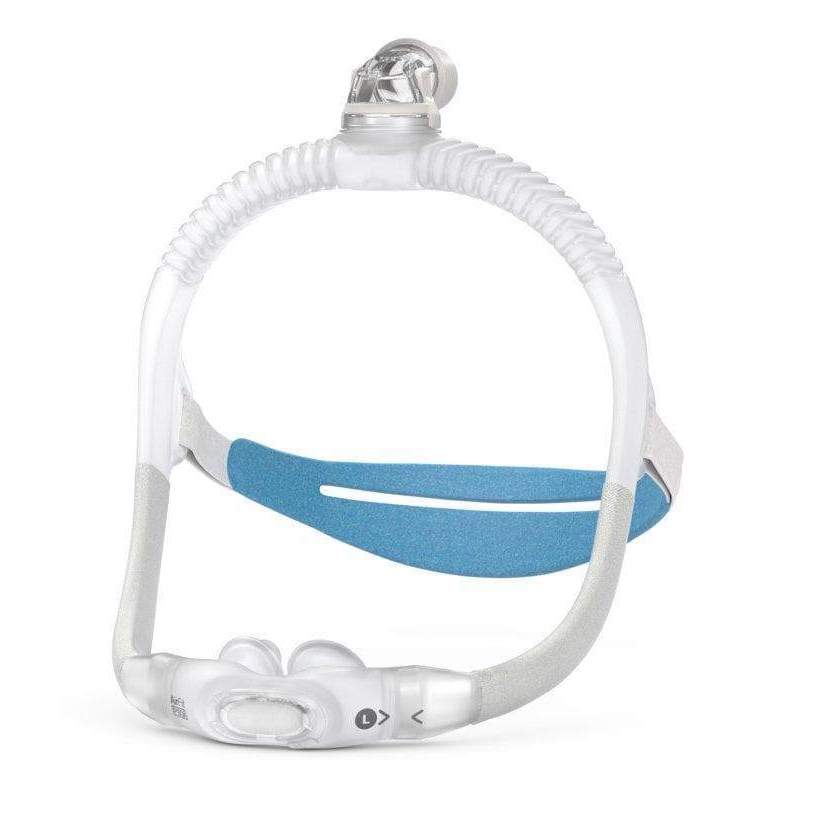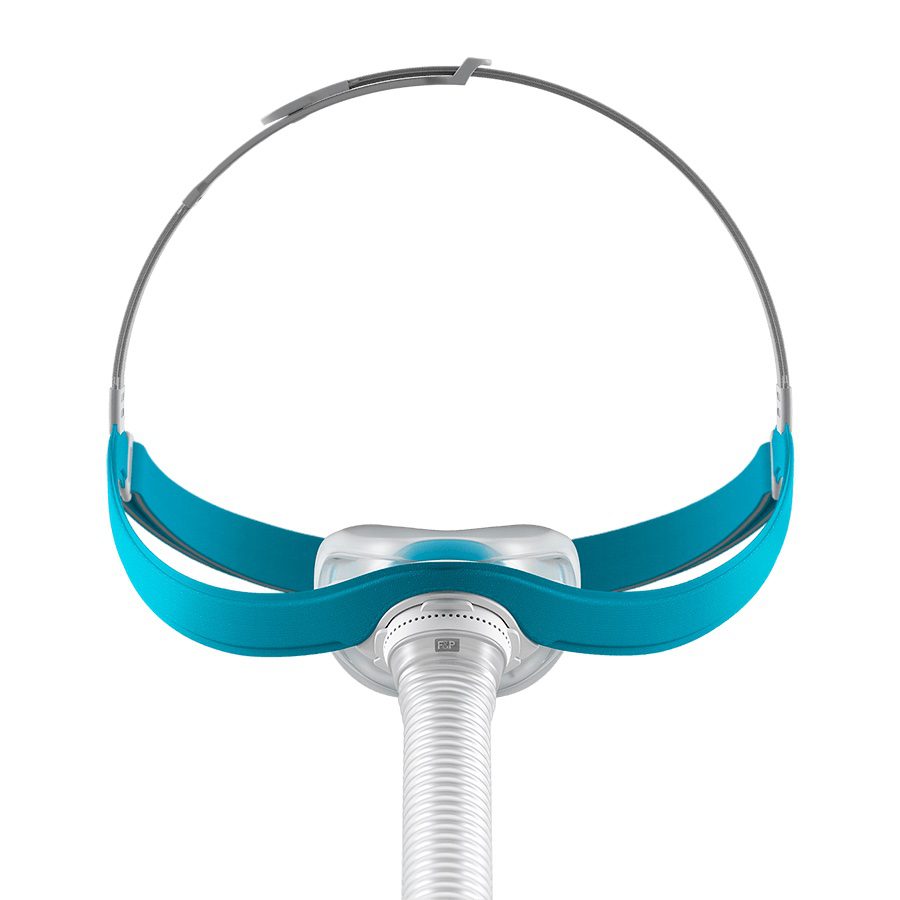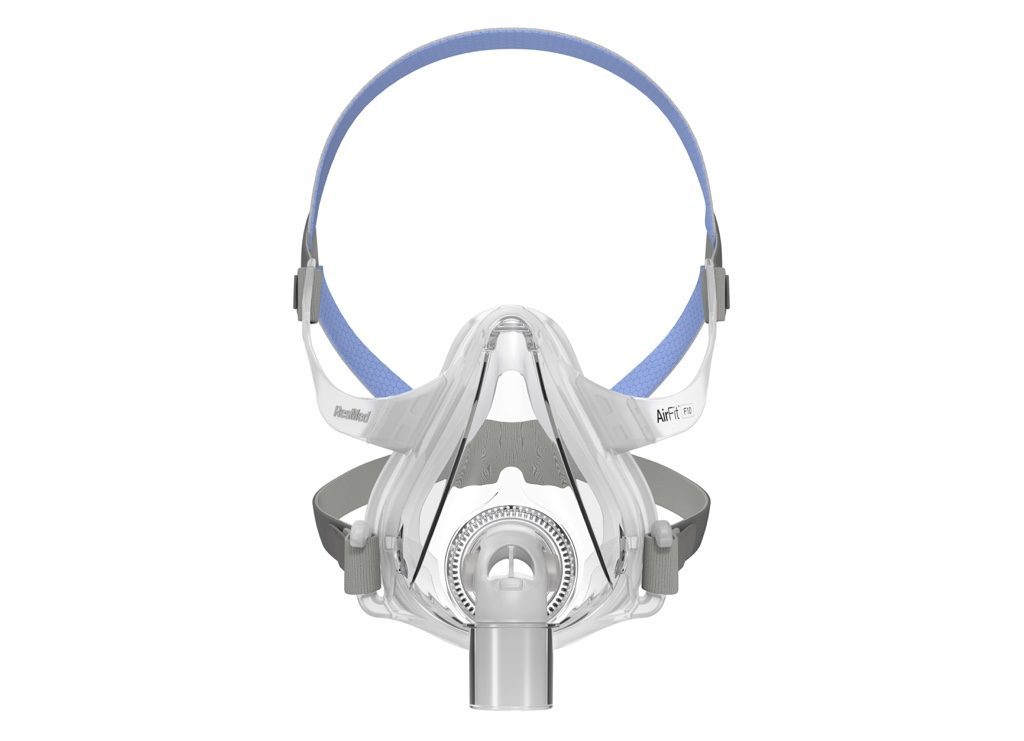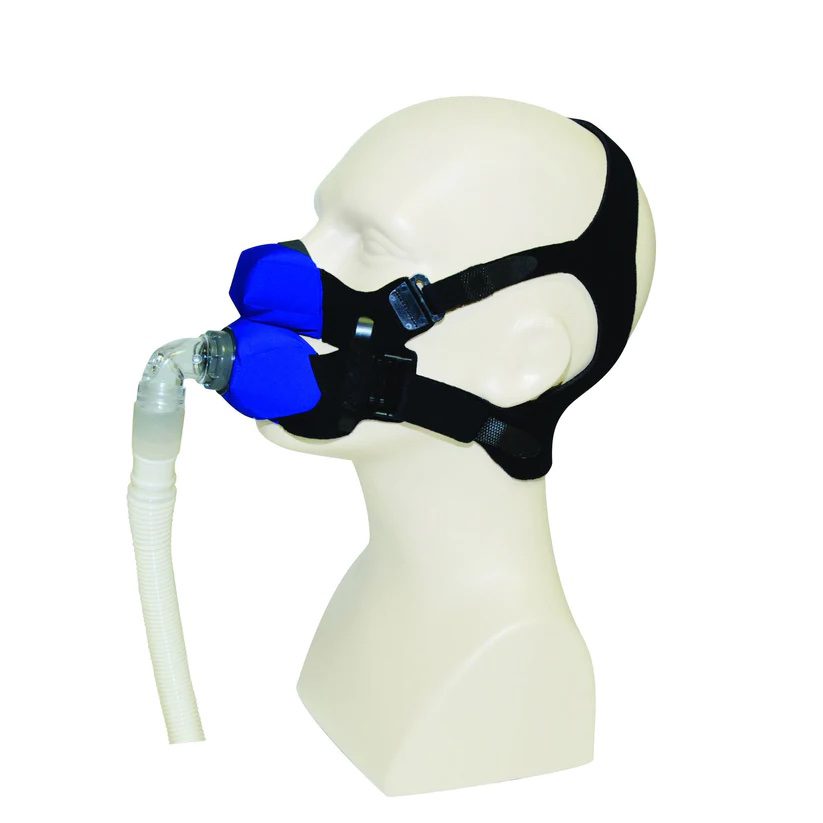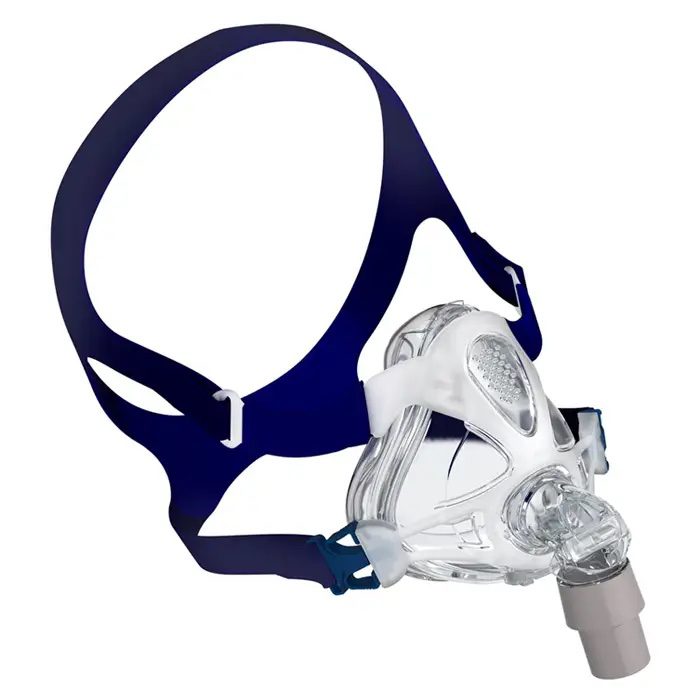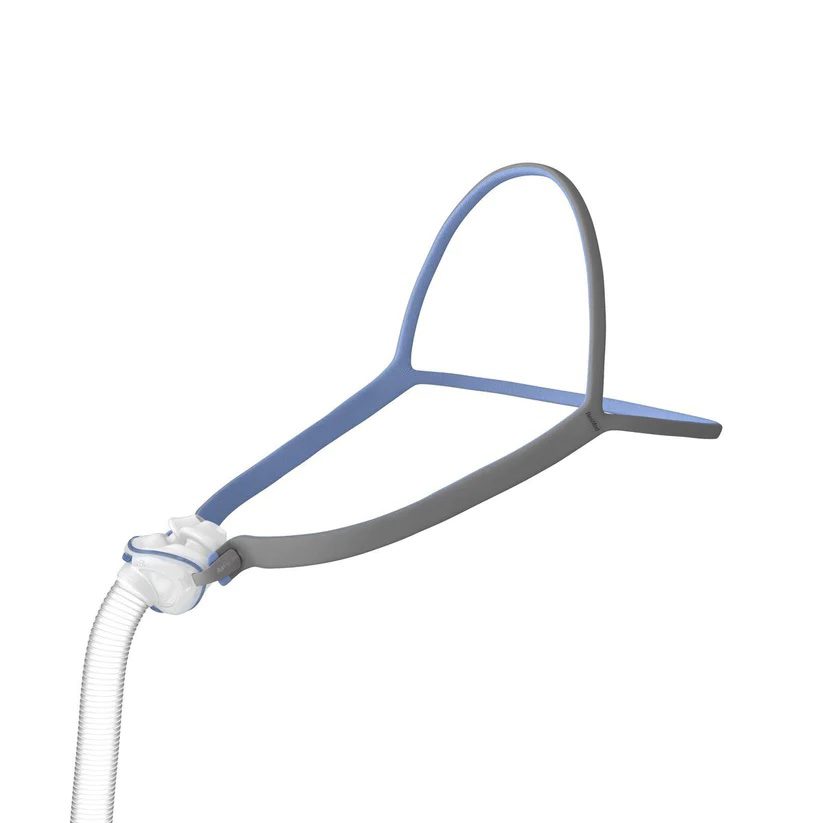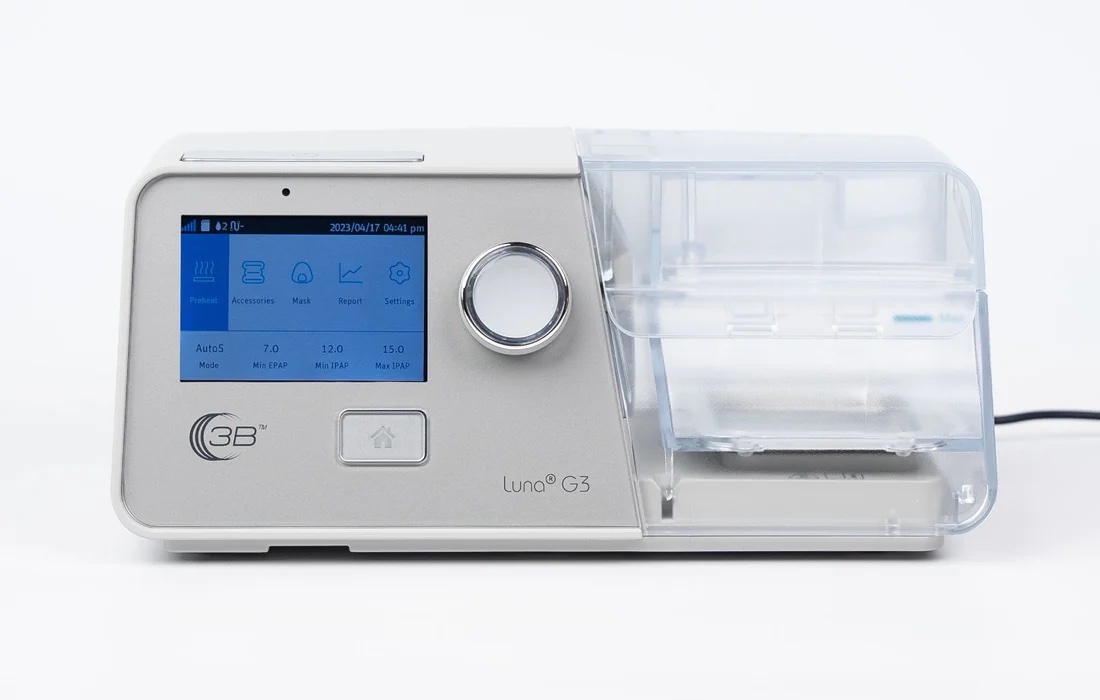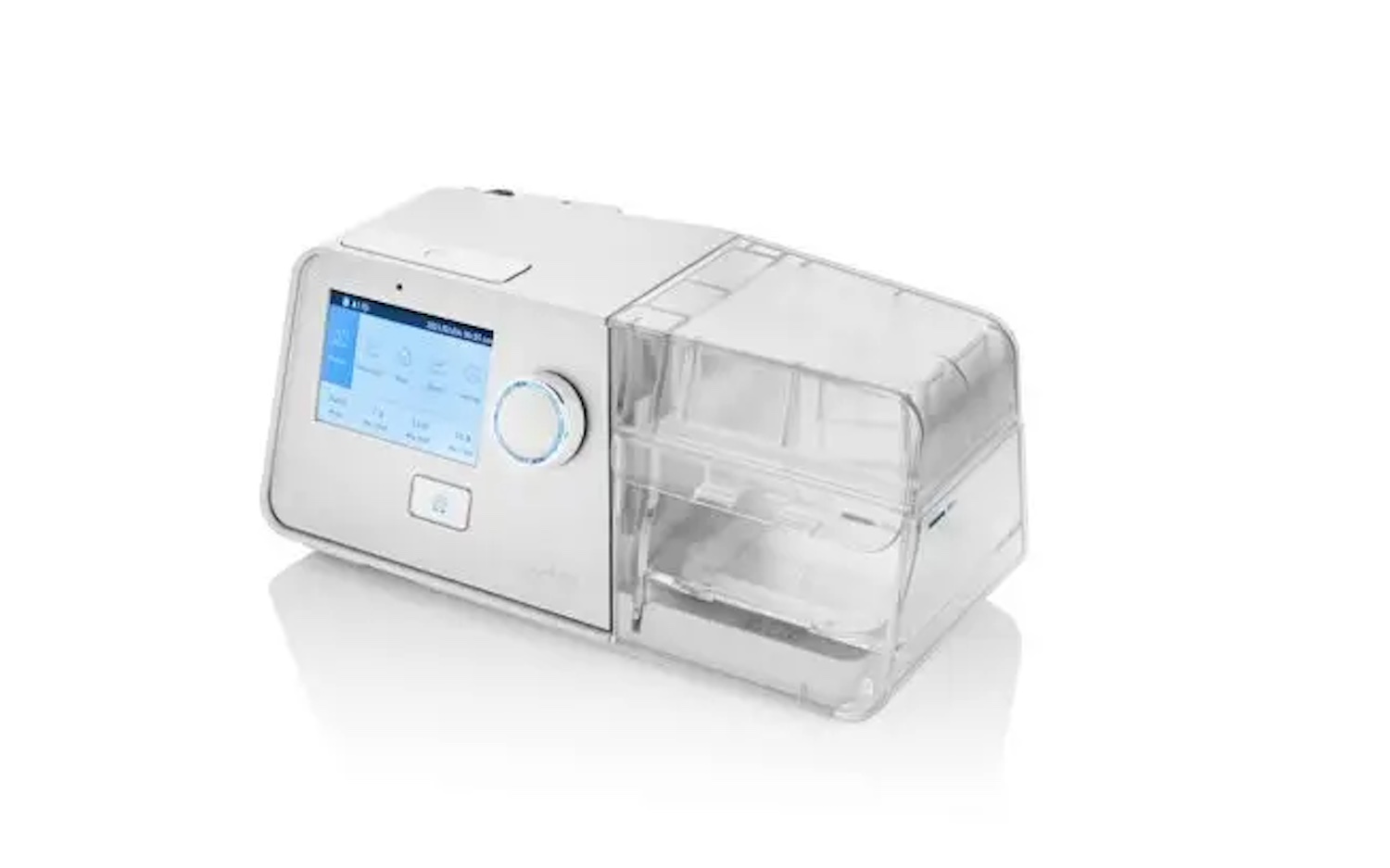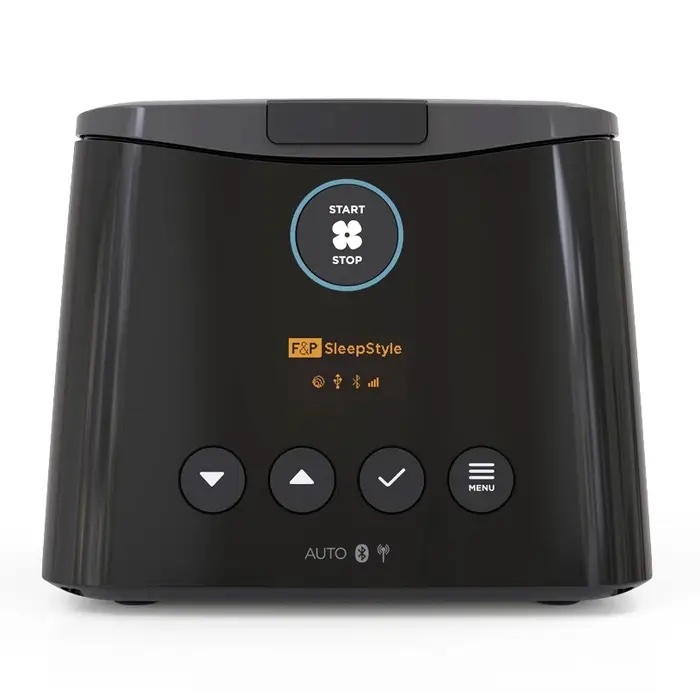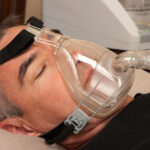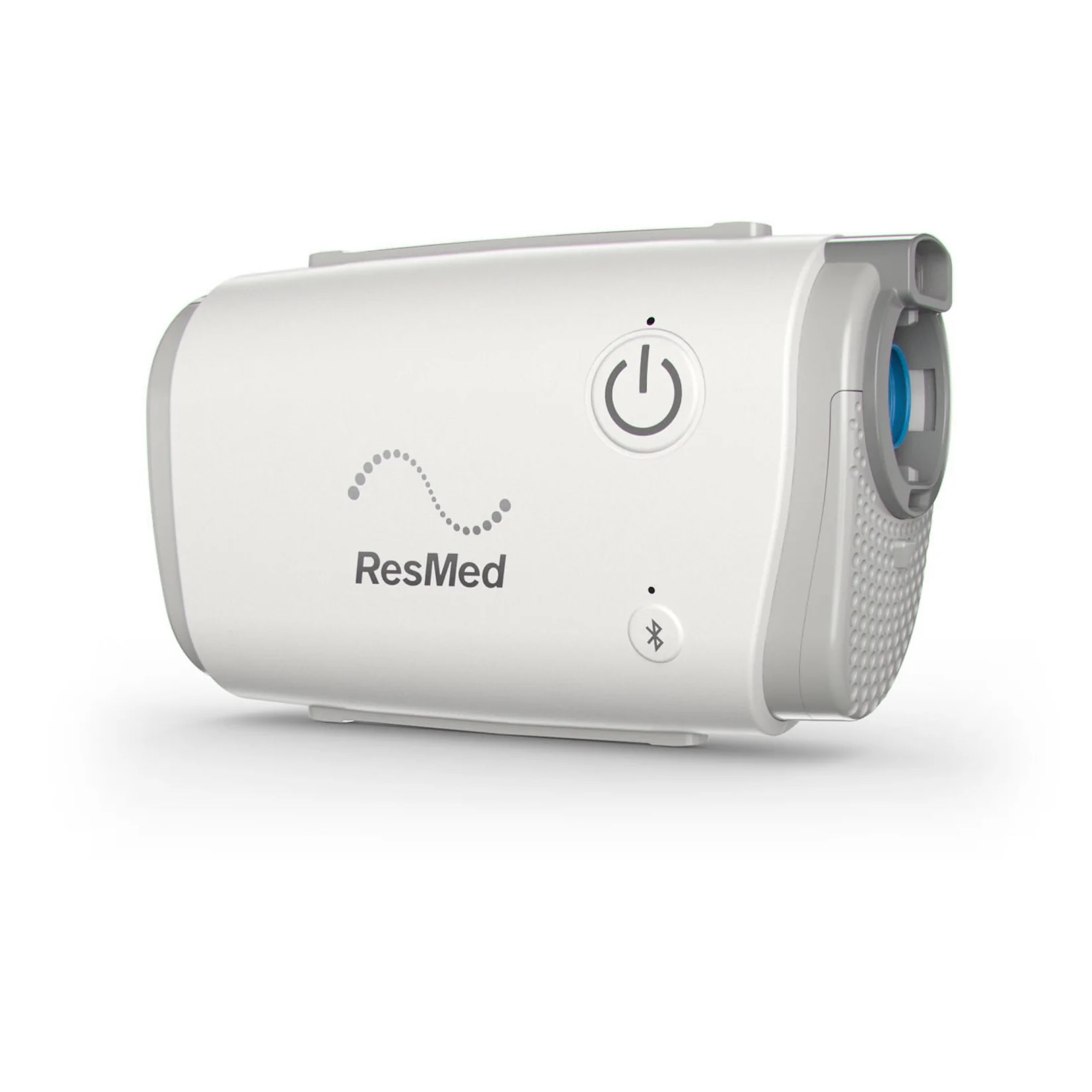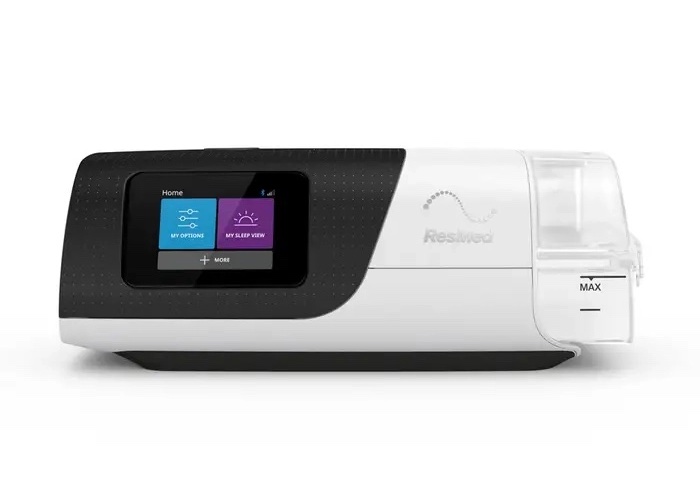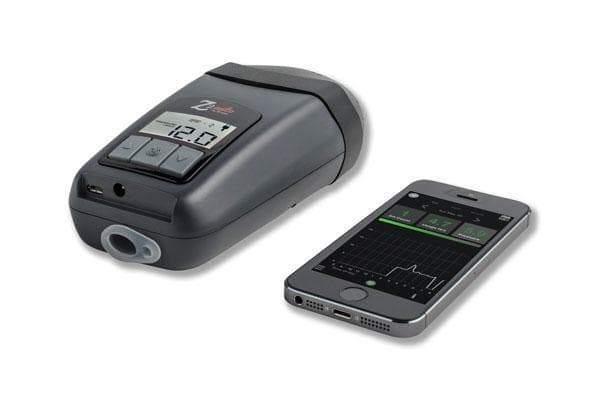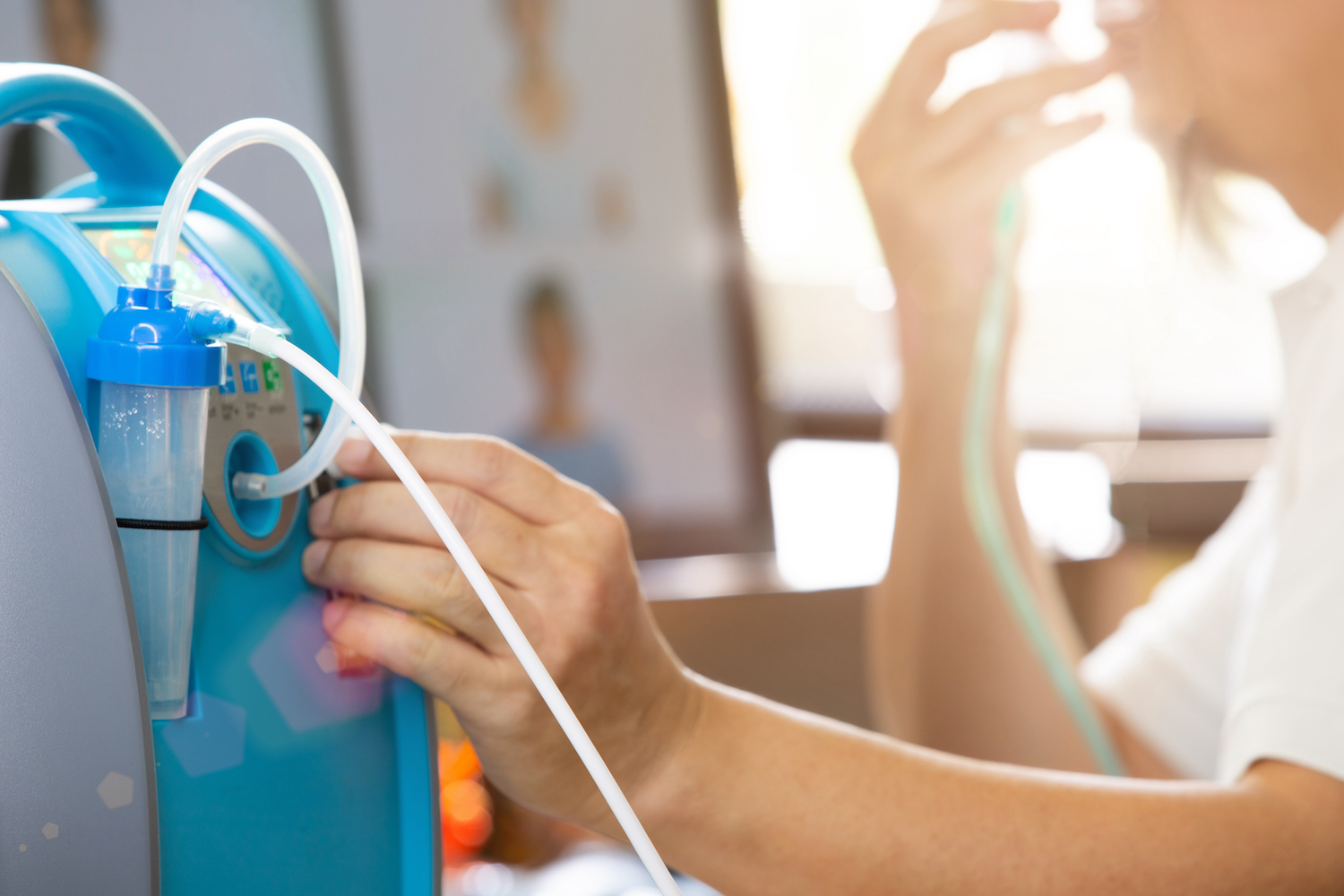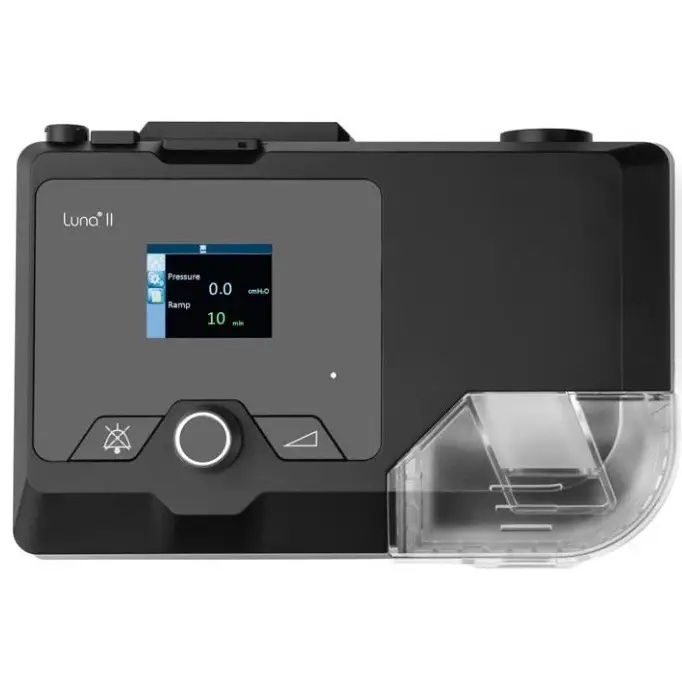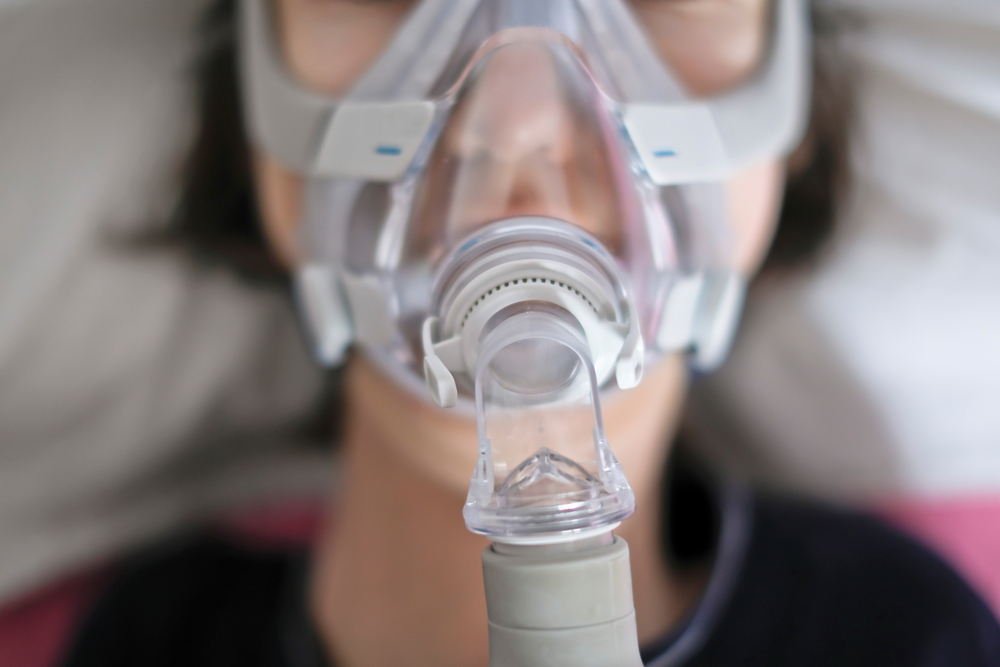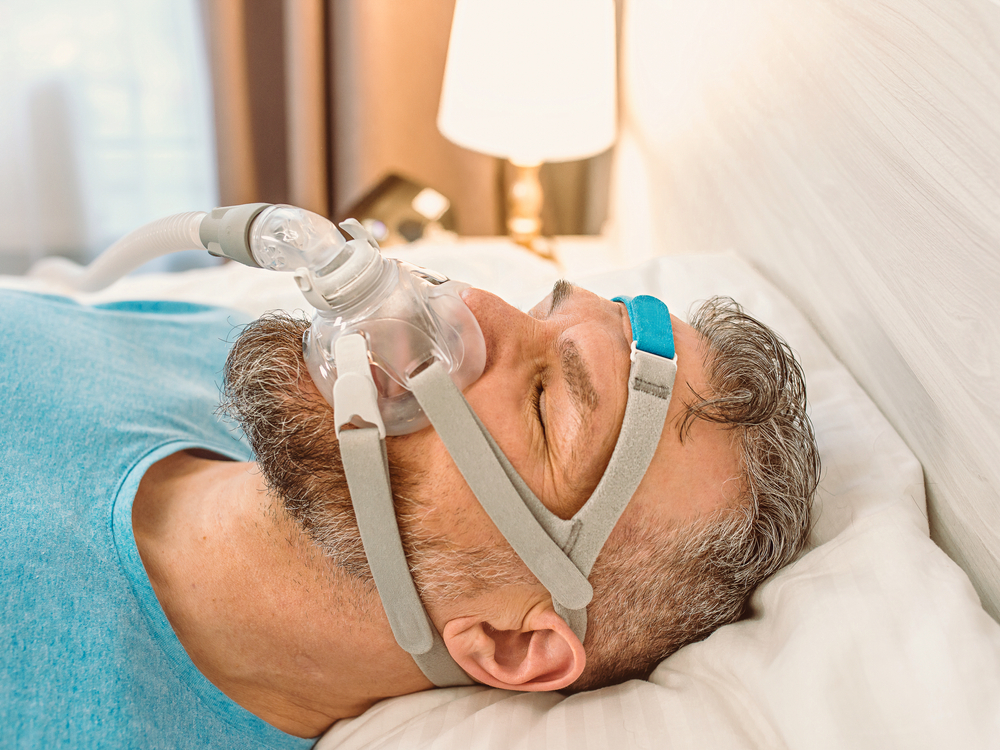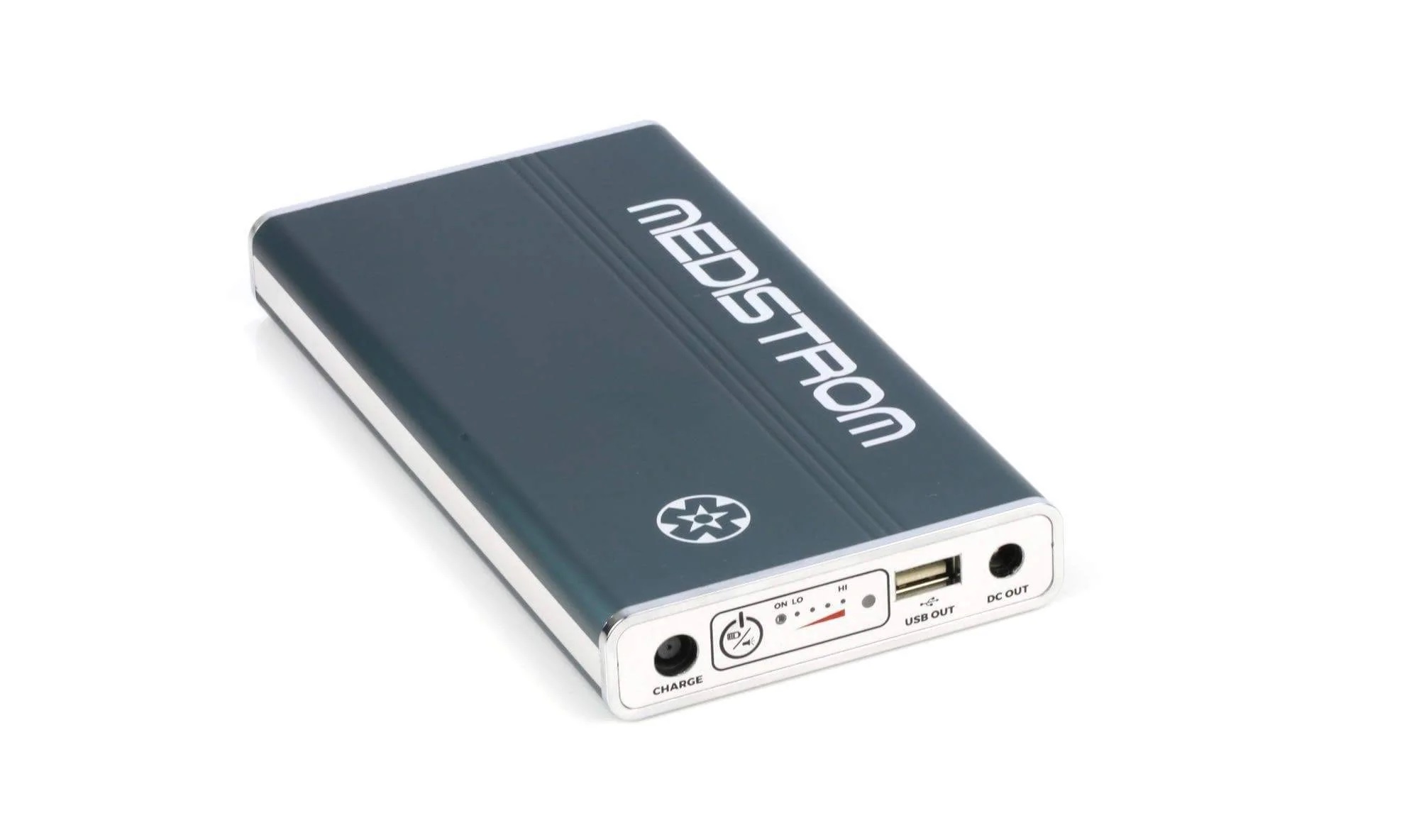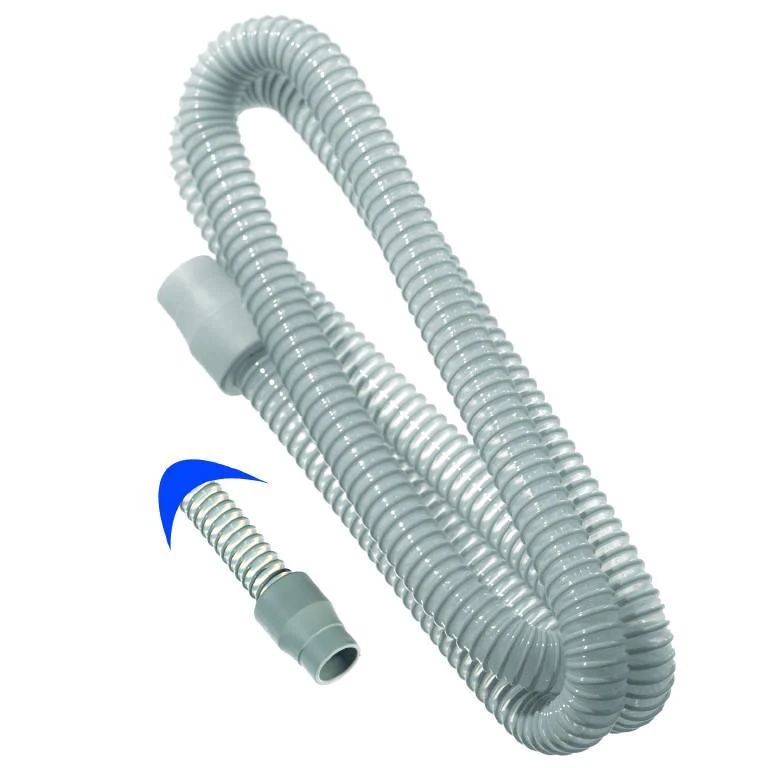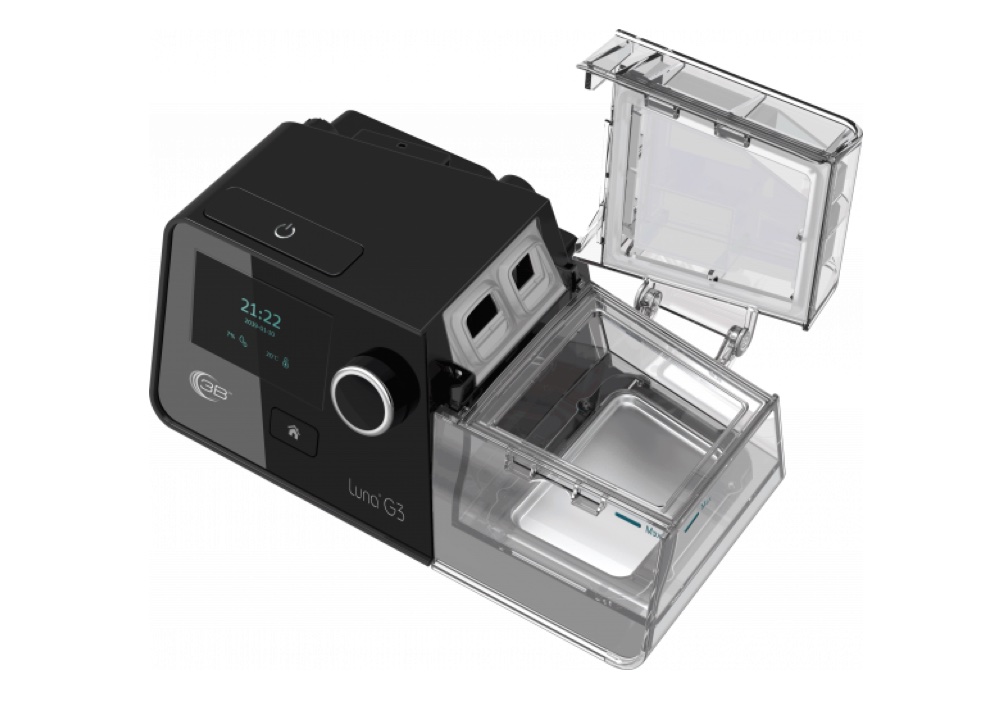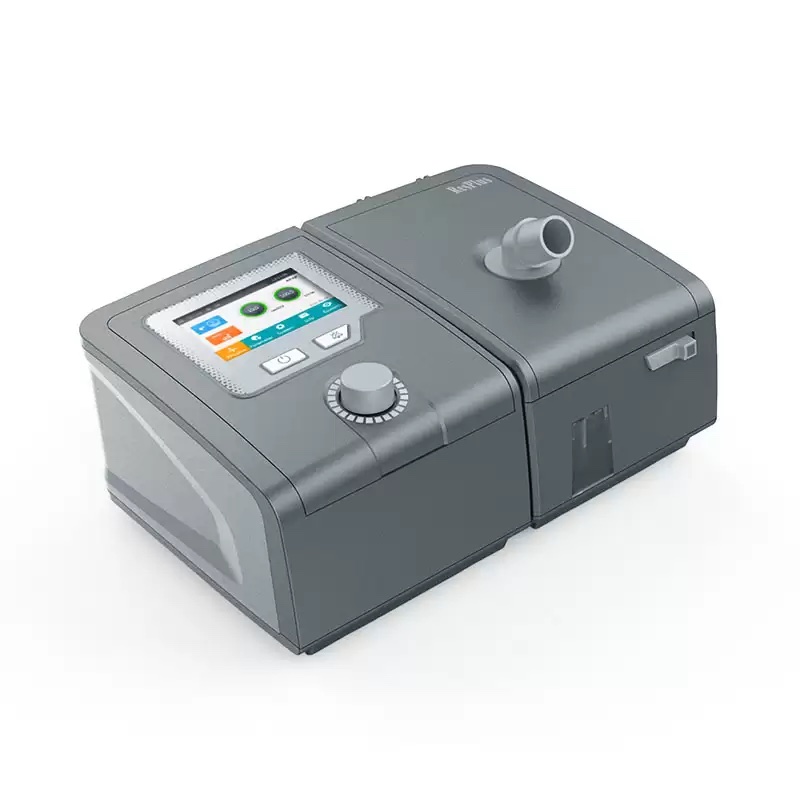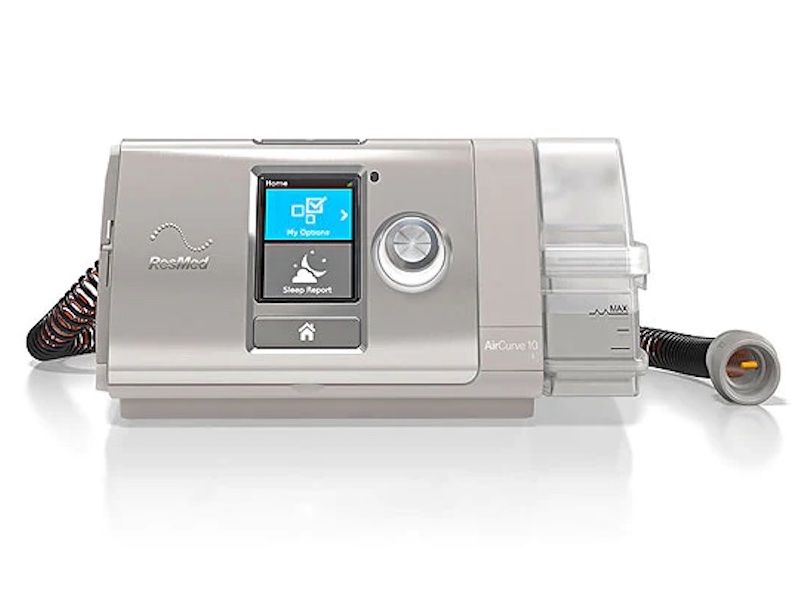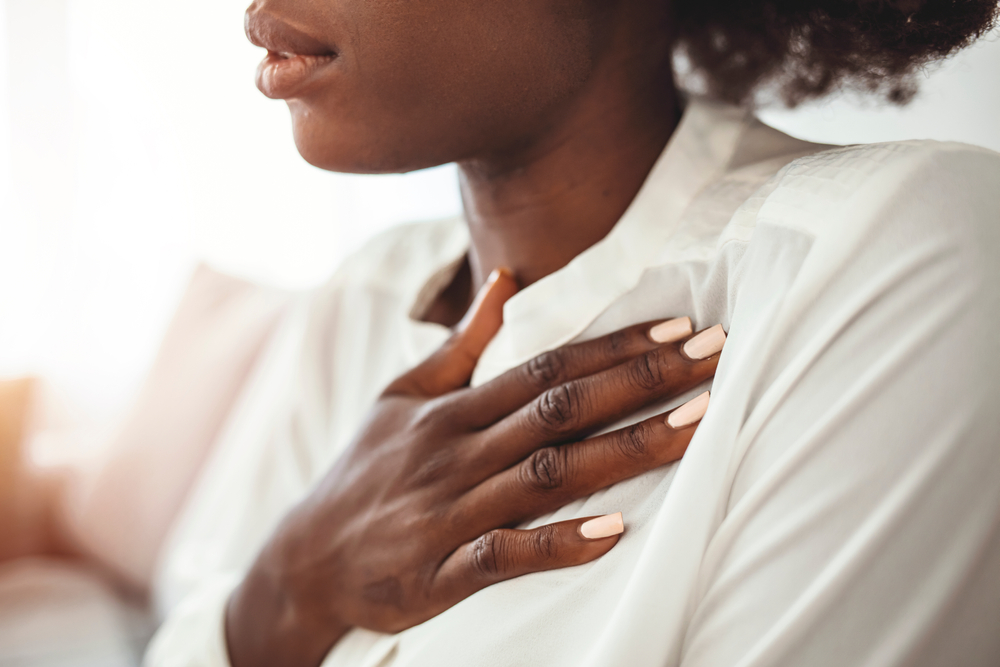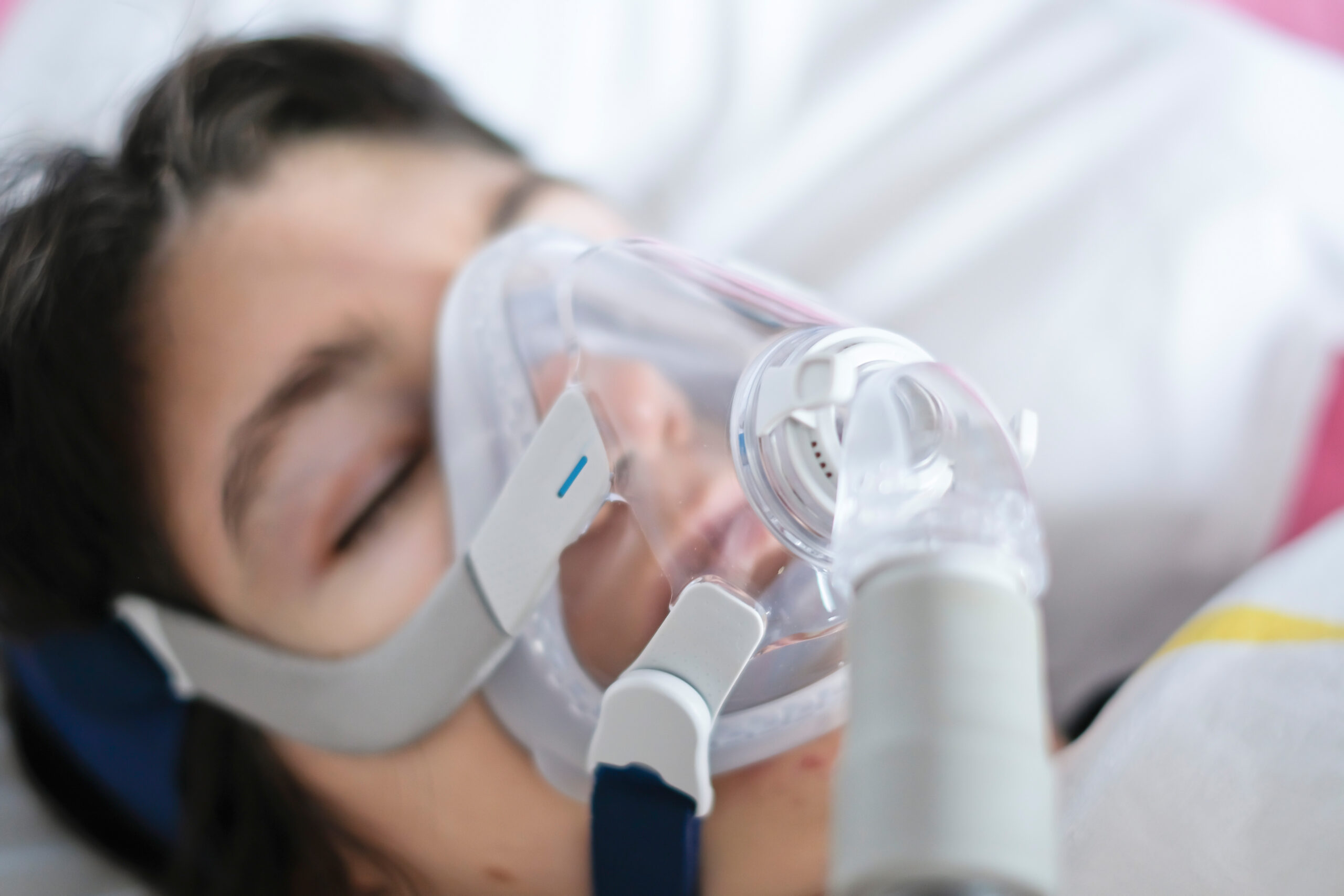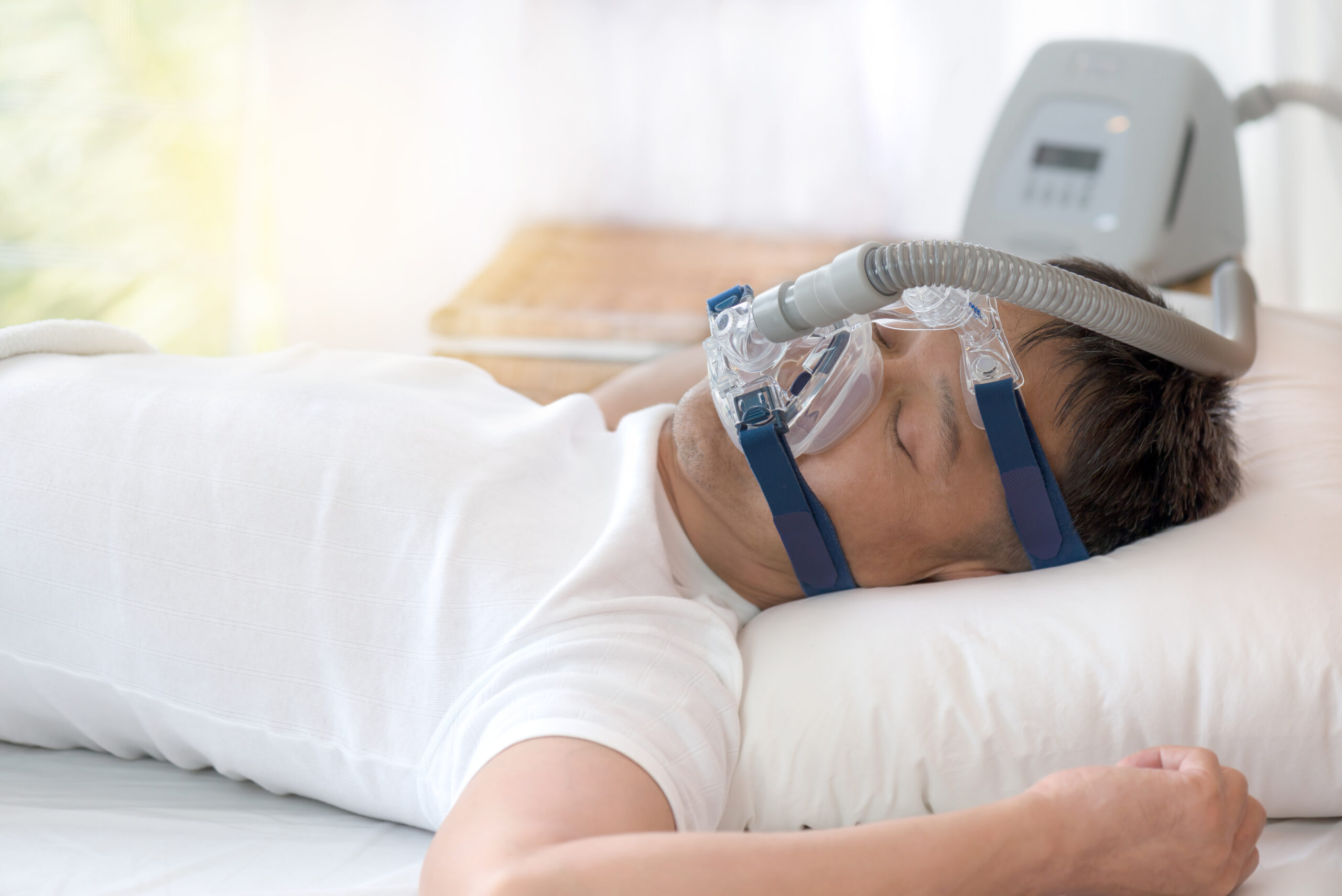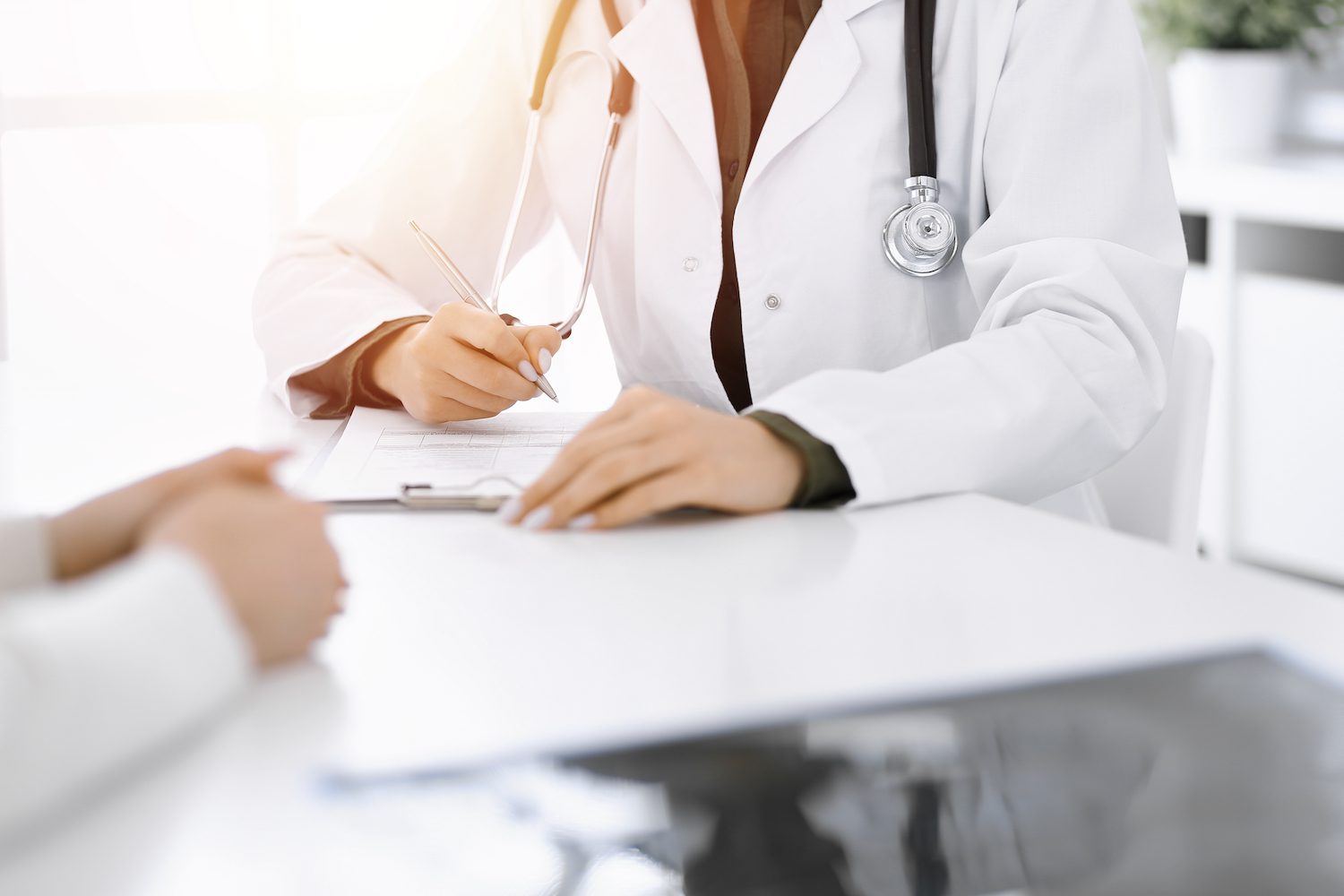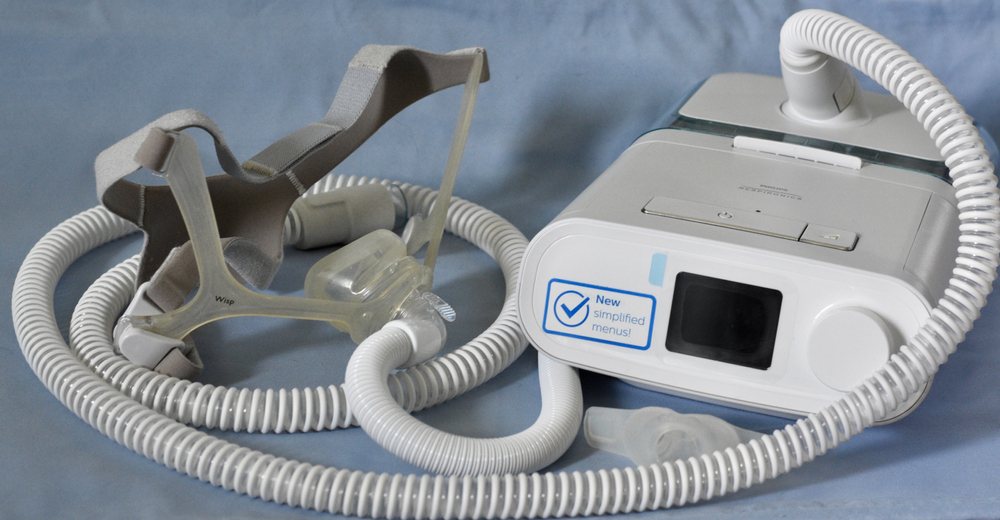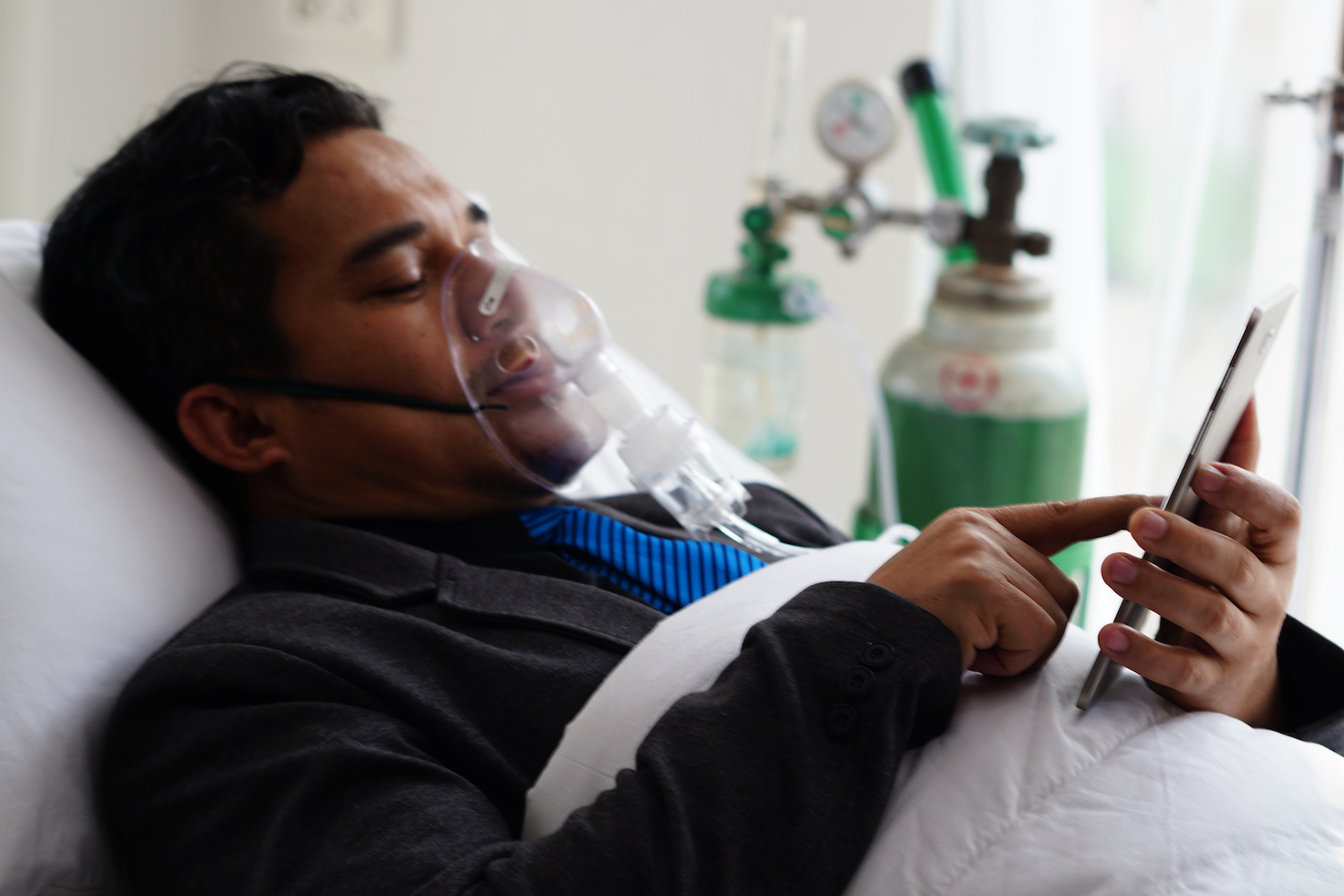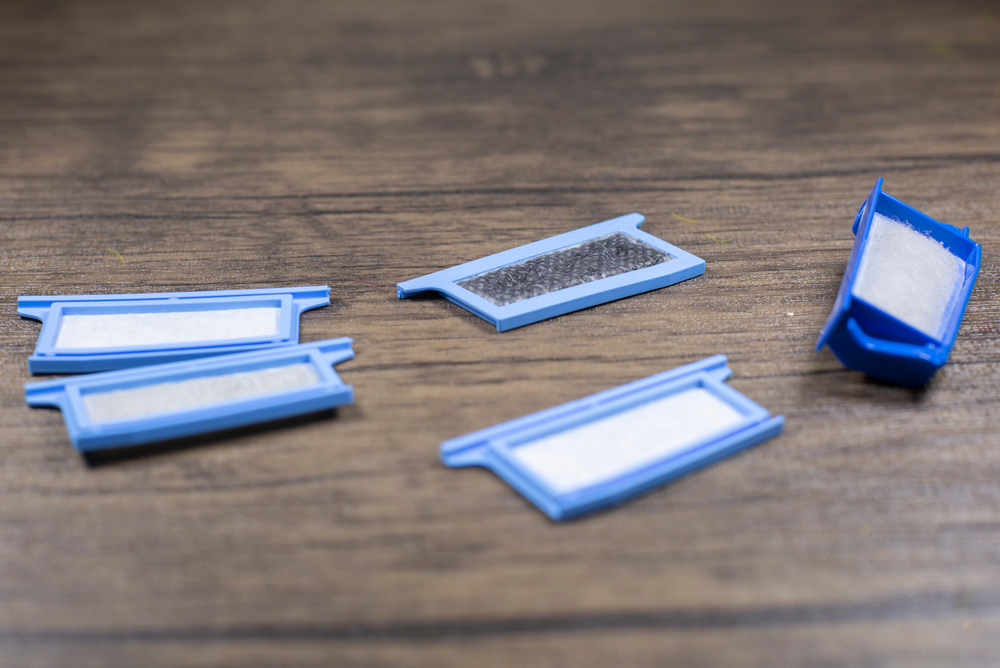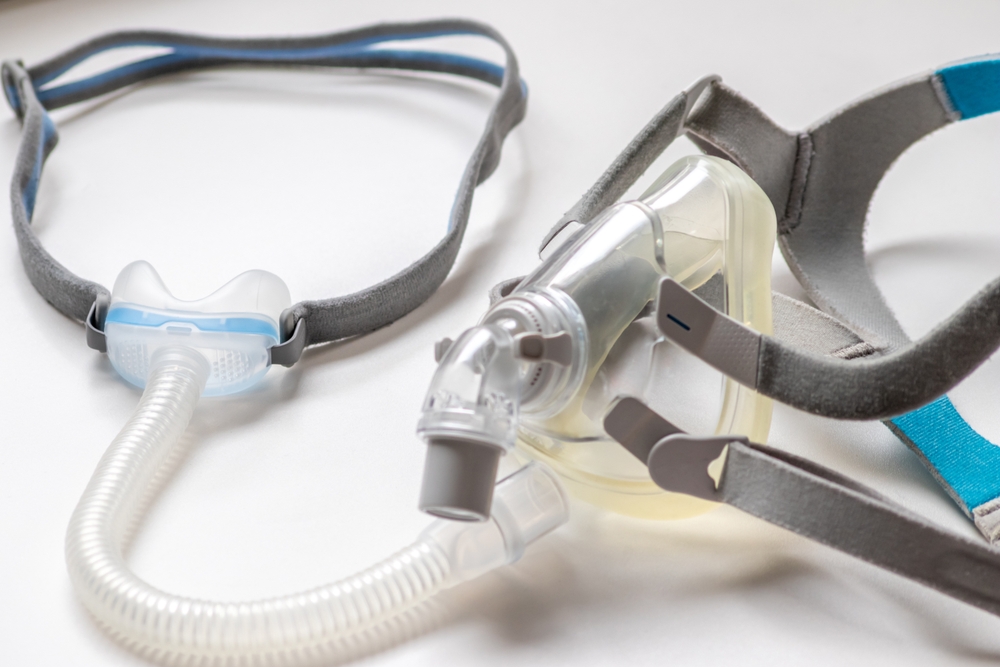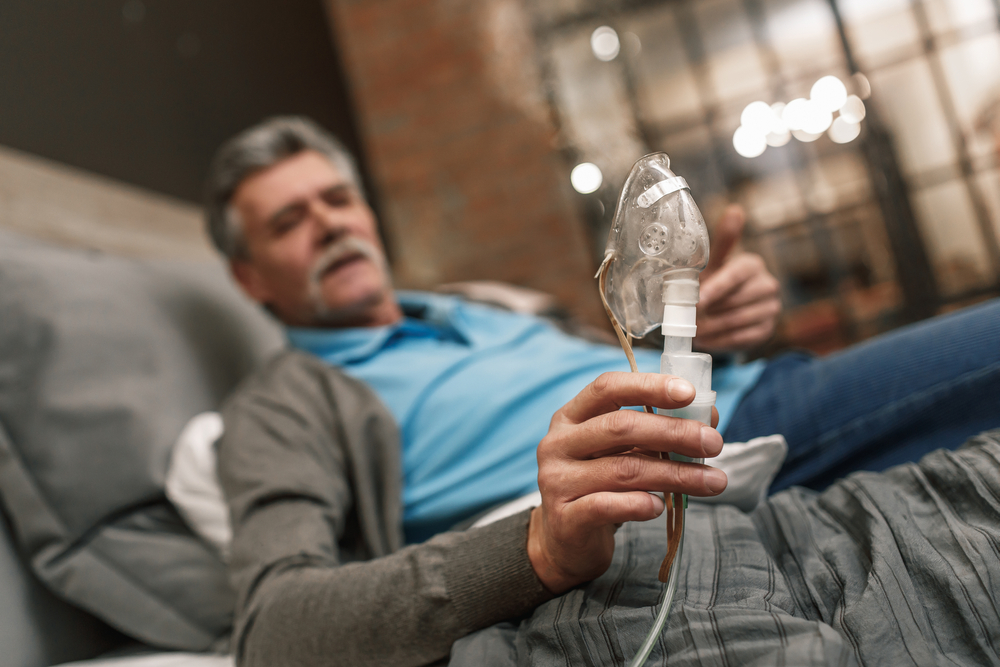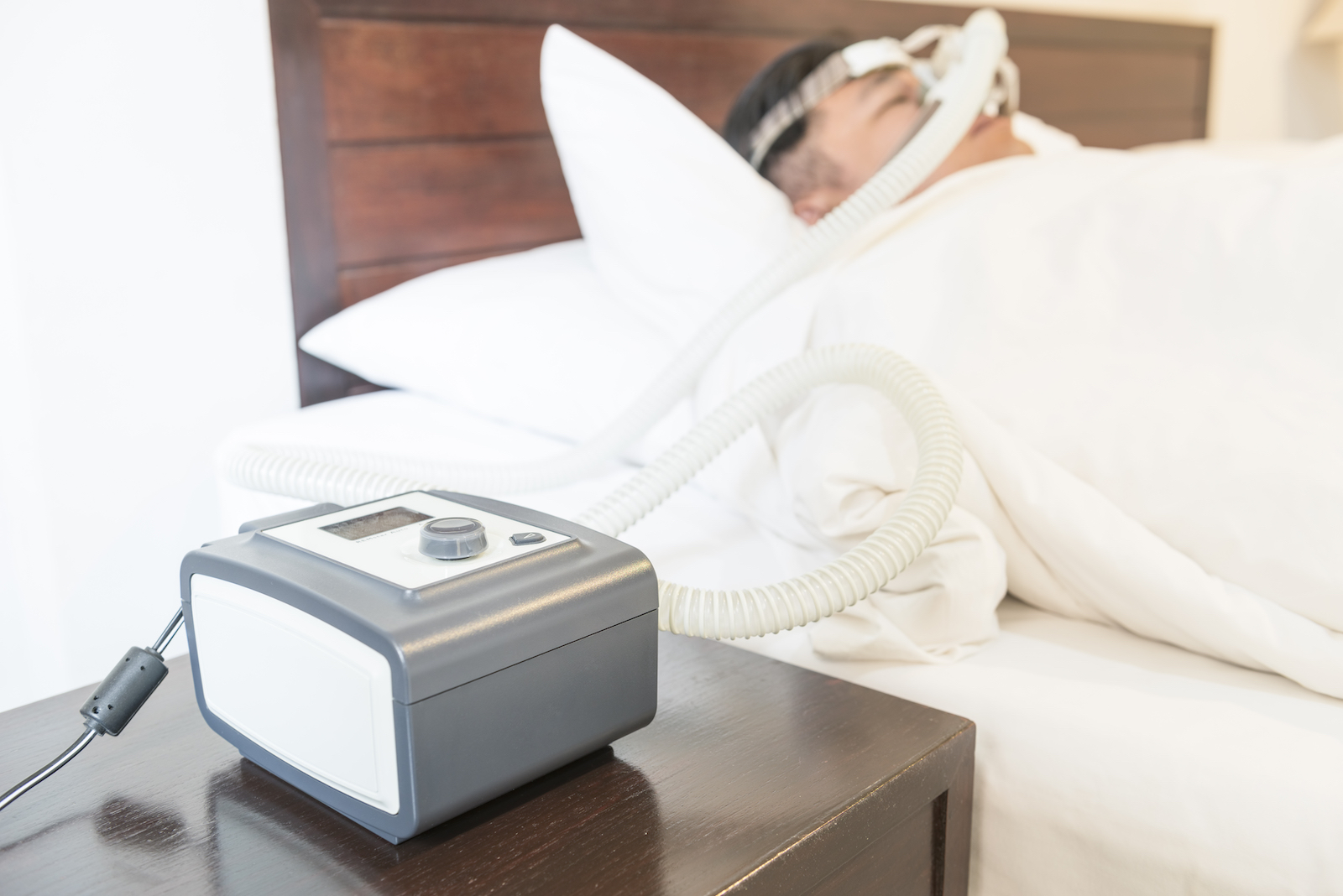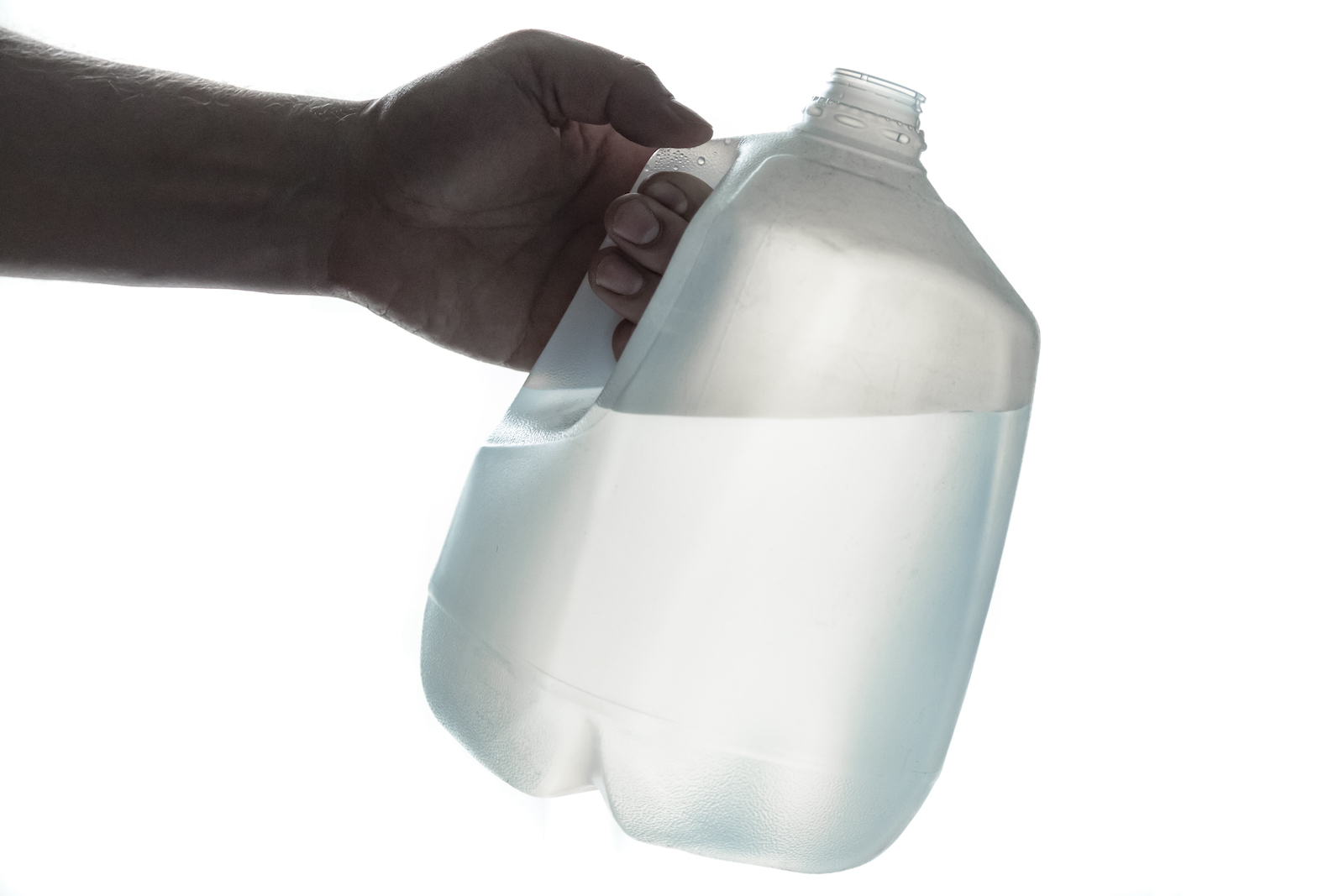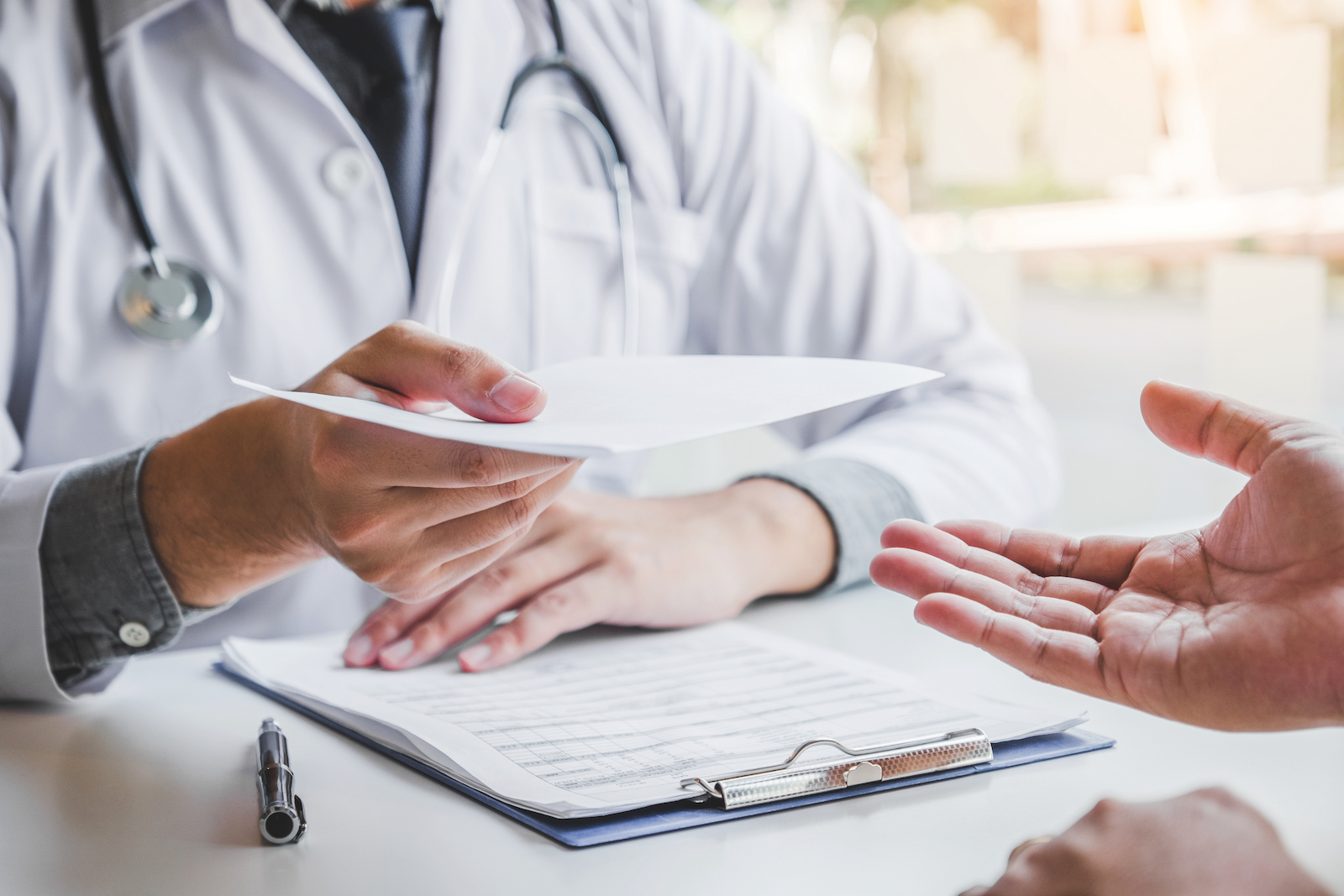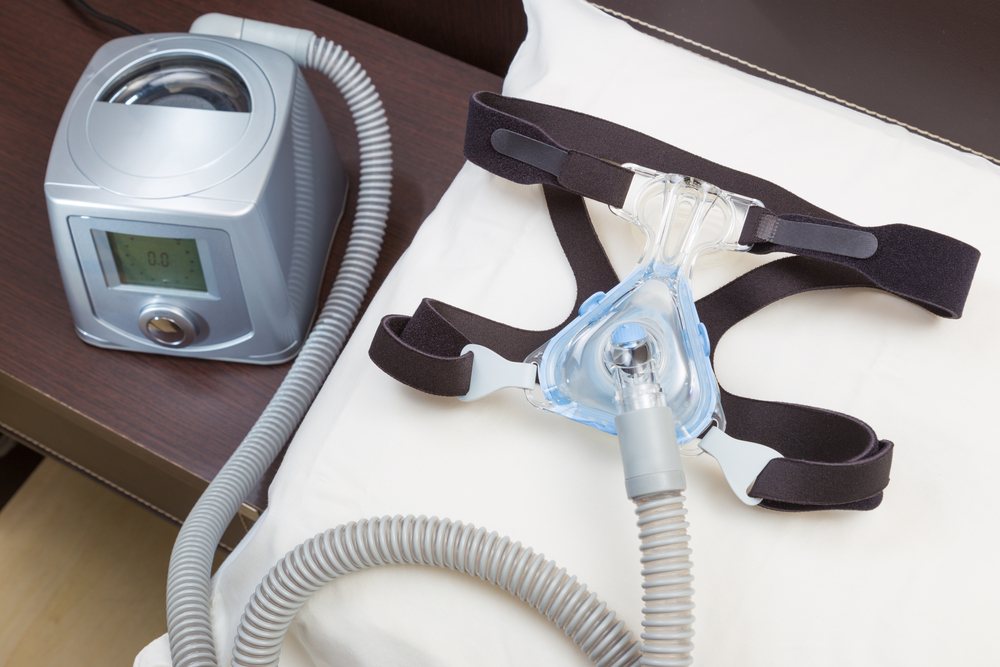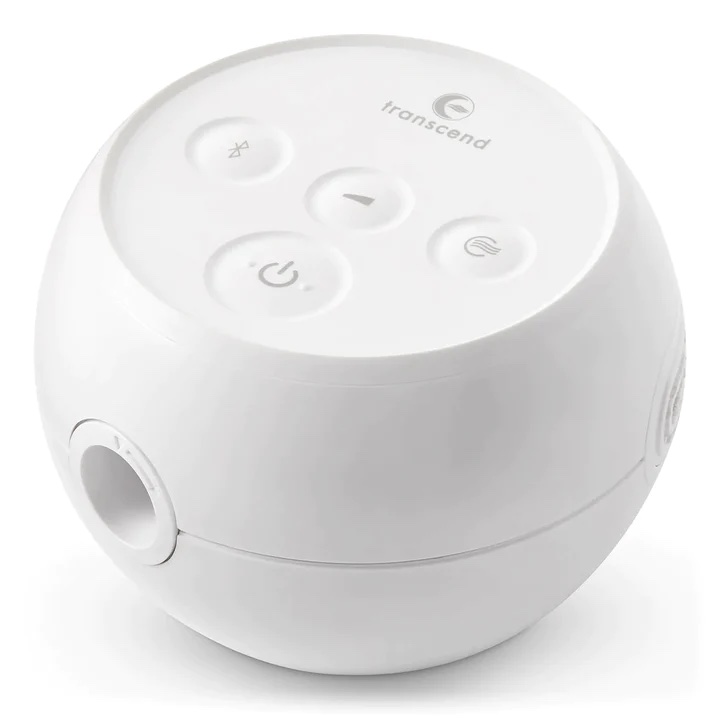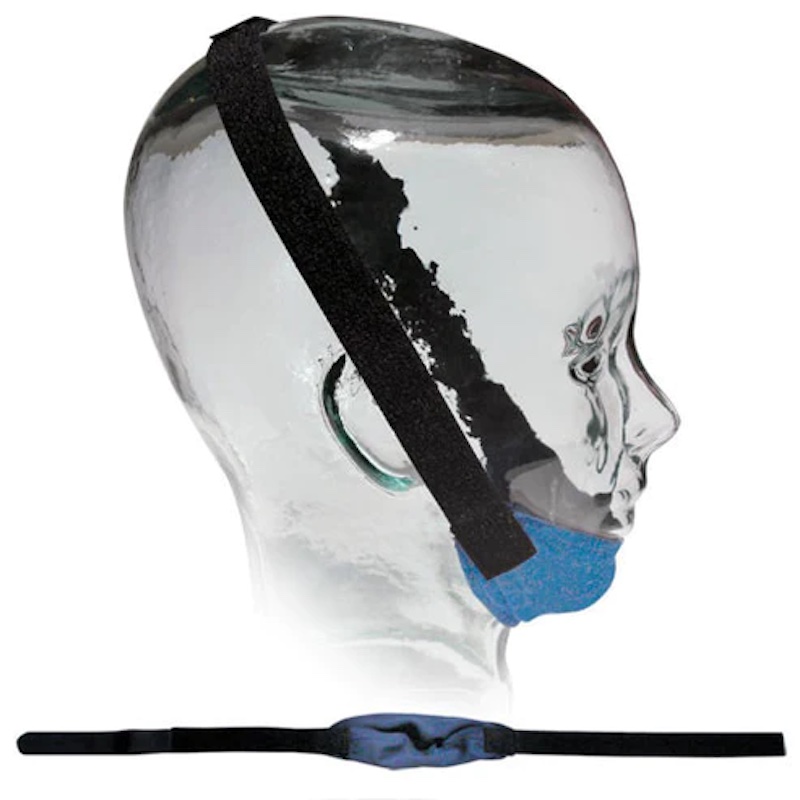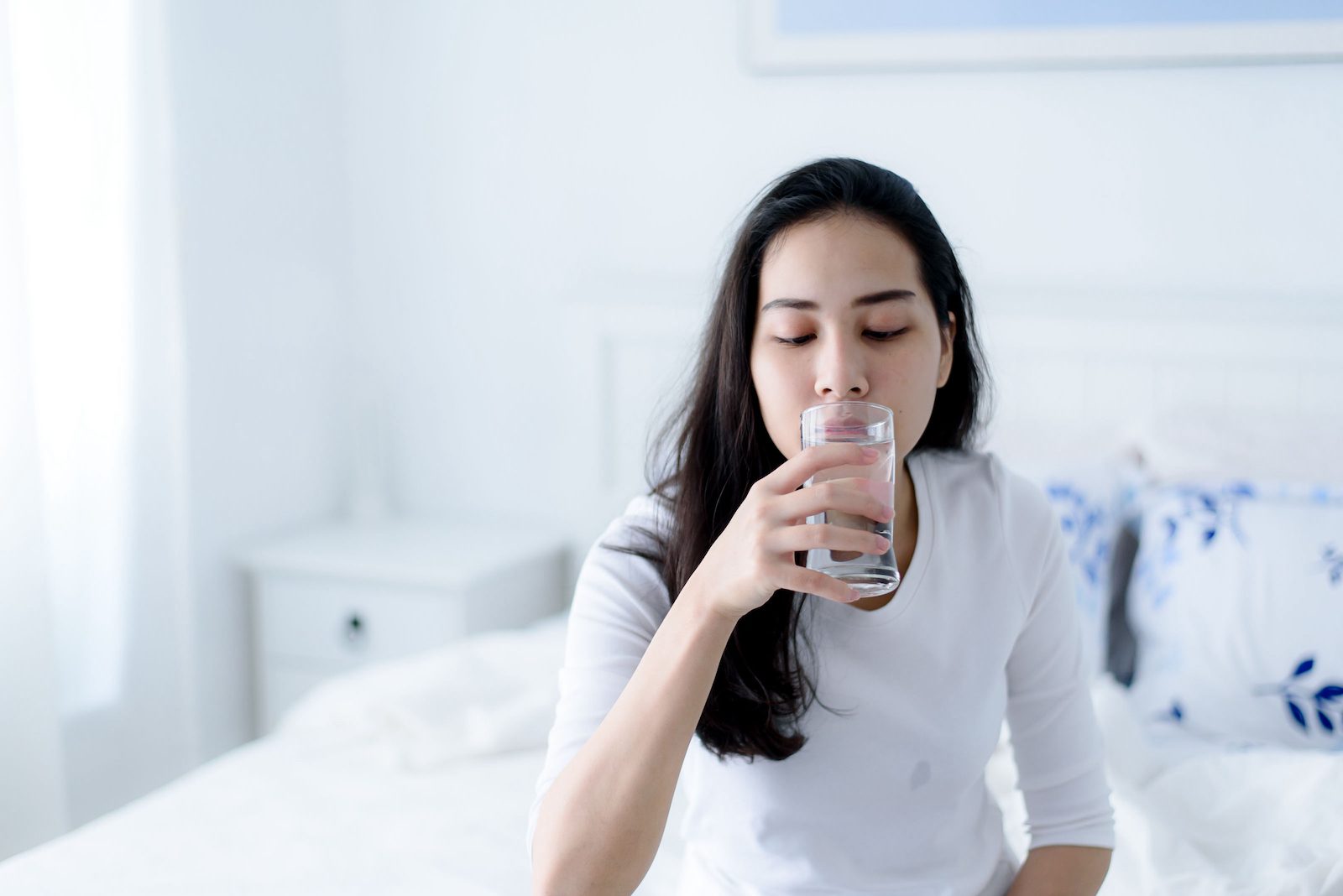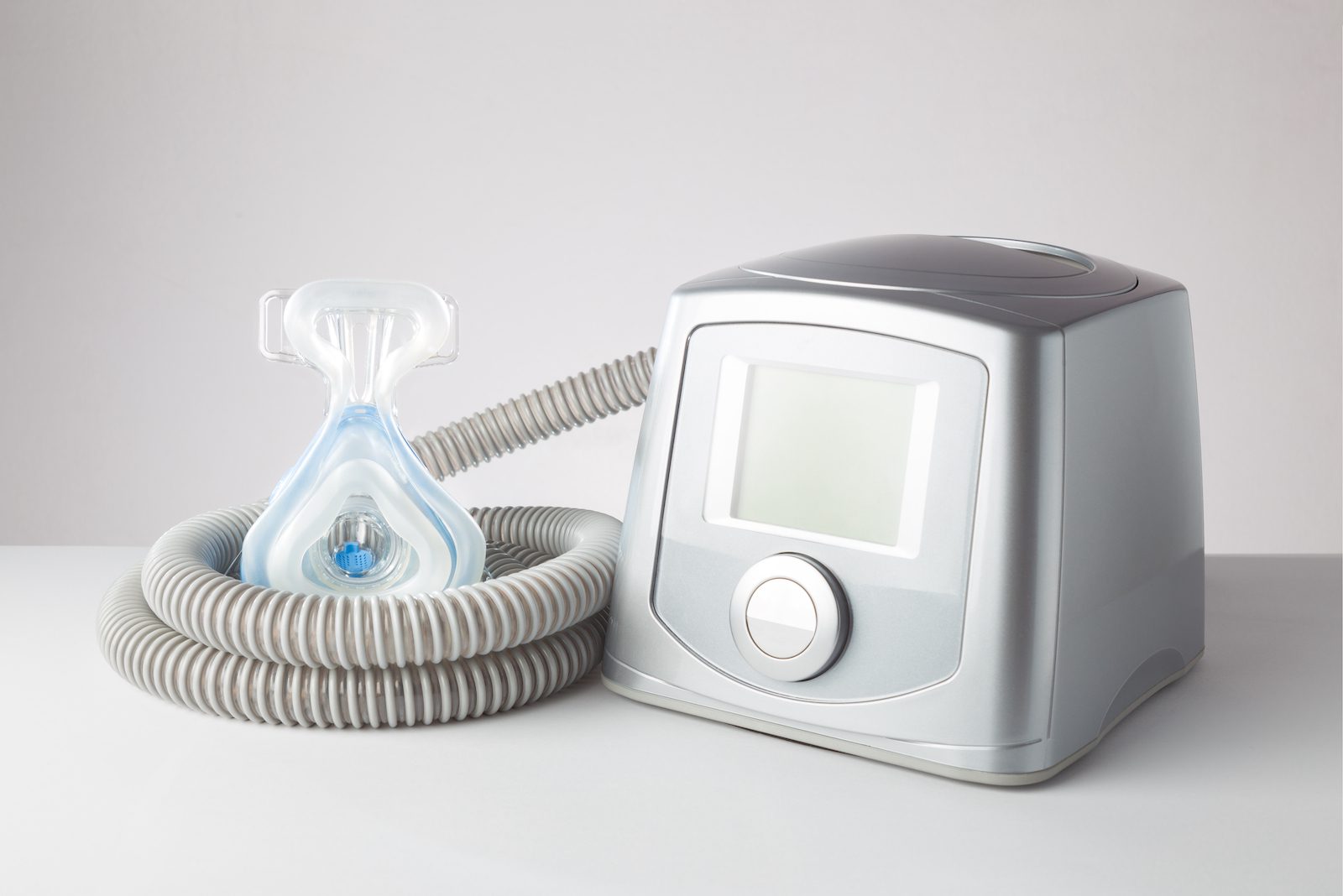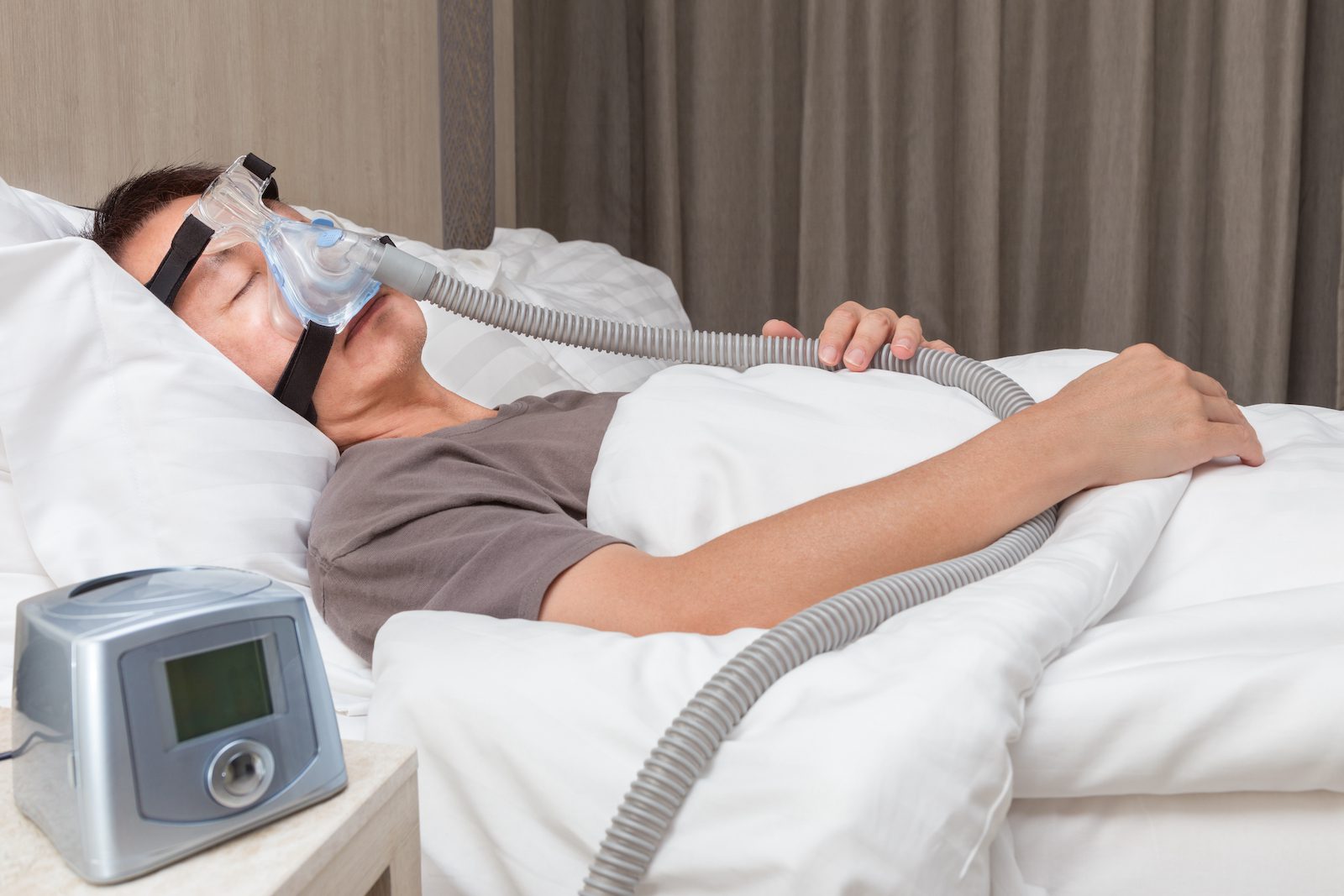The Apple Watch is one of the most popular wearable health and fitness trackers on the market. In September 2024, Apple unveiled the Apple Watch Series 10, the latest version of the device. Among the Series 10's new features is the “Breathing Disturbances” tracker, which can detect sleep apnea symptoms.
One week after Apple introduced the Apple Watch Series 10, the U.S. Food and Drug Administration (FDA) granted FDA approval to the Breathing Disturbances function. Apple is the second company to receive FDA approval for a smart watch that detects sleep apnea. The first company to do so, Samsung, received FDA approval in February 2024 for the Health Monitor app on its Samsung Galaxy Watch.
Sleep apnea is a sleep disorder characterized by frequent pauses in or slowed periods of breathing that occur while a person is asleep. Other common symptoms include loud snoring and gasping during sleep, excessive daytime sleepiness, and morning headaches.
Earlier Apple Watch models were unable to track or monitor sleep apnea symptoms. While the Apple Watch can help users determine if they have sleep apnea symptoms, FDA approval does not mean the device is considered a diagnostic tool. People who suspect they have sleep apnea should consult a physician to discuss their symptoms or consider a true diagnostic tool like a home sleep study.

Is the Apple Watch FDA-Approved to Detect Sleep Apnea?
As of September 2024, the Apple Watch Series 10 is FDA-approved to detect sleep apnea thanks to the newly introduced Breathing Disturbances function. Owners of the Apple Watch Series 9 and Ultra 2 can also download the feature to their device using watchOS 11 software, which Apple introduced earlier this year.
The Apple Watch was already classified as a medical device by the FDA due to its ability to act as an electrocardiogram, a tool that measures heart activity. However, the watch did not receive FDA approval until the Breathing Disturbances feature was unveiled.
Apple Watches are a type of wearable device, also known as a “wearable.” While some wearables have received FDA approval for sleep apnea detection, these are different, specialized devices such as at-home sleep apnea tests.
How Does the Apple Watch Detect Sleep Apnea?
The Apple Watch's Breathing Disturbances feature uses a built-in accelerometer, which measures vibrations and movements in your wrist to determine how many times you breathe each minute. Breathing patterns are categorized as “elevated” or “not elevated.” If your breathing is consistently marked as “elevated,” you'll receive a notification the watch has identified signs of sleep apnea.
Every 30 days, the Apple Watch compiles a monthly sleep report displaying your nightly sleep data. You can view the report with the Sleep app on your iPhone and other iOS devices. The report includes an alert if your breathing patterns over 30 nights indicate you may qualify for a sleep apnea diagnosis. In order for the report to be accurate, you must wear the Apple Watch for at least 10 nights during the 30-night period.
Studies indicate that accelerometers may be a relatively accurate way of determining respiratory rate. Users who receive this alert are encouraged to see their doctor to discuss the next steps, which may include an overnight sleep study or home sleep apnea test. Experts estimate sleep apnea affects as many as 1 billion people worldwide, and most cases go undiagnosed. If left untreated, sleep apnea can lead to hypertension, type 2 diabetes, and other serious medical conditions.
Can the Apple Watch Track Your Sleep?
In addition to sleep apnea detection, the Apple Watch sleep monitor can be used to track other day-to-day changes in a person’s sleep patterns. However, experts suggest these types of wearables should not be relied on for complete accuracy.
If you're wondering how to track sleep with an Apple Watch, simply wear the device during sleep. Apple Watches use metrics like blood oxygen levels, respiratory rate, heart rate, and wrist temperature to determine whether a person is awake or asleep and how long they remain in each sleep stage.
Users can track their data using the Sleep app. This app makes it easier for Apple Watch users to visualize their sleep pattern by breaking sleep time into four categories that broadly correspond to conventional sleep stages.
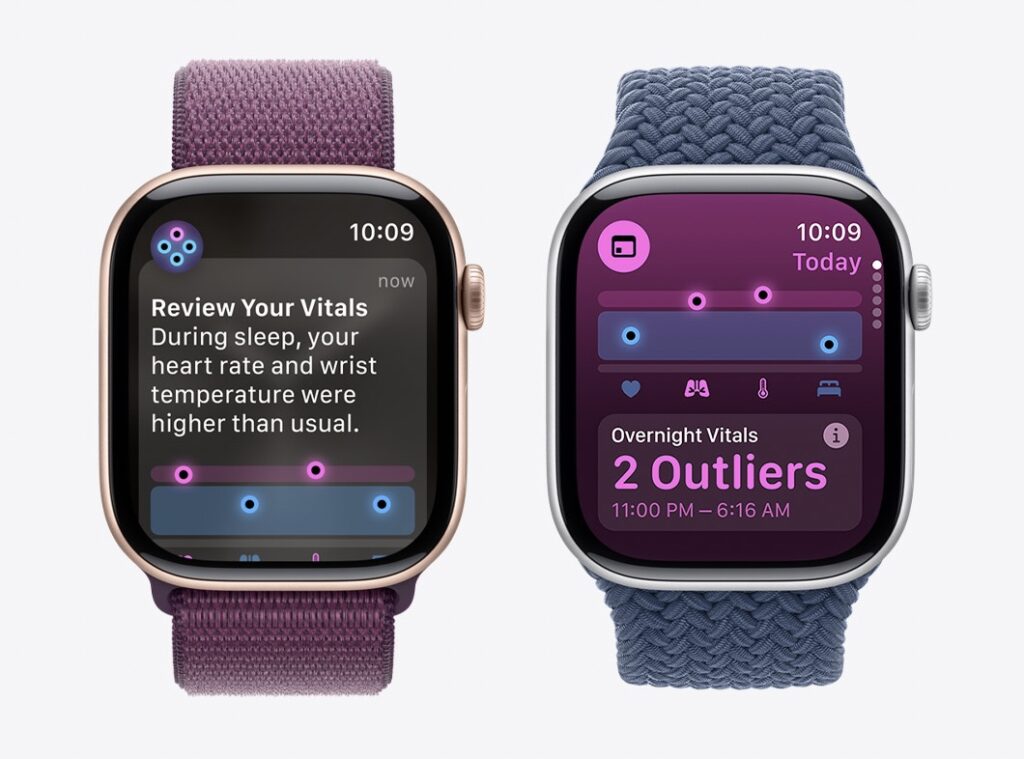
What Does the Apple Watch Track While You Sleep?
Using your sleep data, the Apple Watch can pinpoint how much time you spend in each stage of your sleep cycle. Spending a certain amount of time in each stage is vital to your overall health and wellbeing, so the Apple Watch can provide valuable insights for improving your sleep quality. You can also use the watch's sleep data to determine how long it takes you to fall asleep.
Stages in your sleep cycle include:
- Awake: While people may be aware of how long it takes them to fall asleep, they may be less aware of brief periods of wakefulness during the night. This information can be useful, since repeatedly waking up at night can be a symptom of sleep apnea.
- Core: “Core sleep” is the Sleep app’s term for the sleep stages usually known as light sleep. Most people spend about half their sleeping time in these stages, which appear to play an important role in memory and the brain's ability to change.
- Deep: Deep sleep, also known as slow-wave sleep, is restorative sleep associated with physical rest and repair. The average person spends roughly 25% of their sleep time in deep sleep, while people with sleep apnea spend far less time in this stage.
- REM: Rapid eye movement (REM) is a sleep stage associated with dreaming and accounts for approximately 25% of the average person’s sleep time. However, people with sleep apnea usually spend less time in this sleep stage, because of their frequent lapses in breathing that cause brief awakenings.
How Does the Apple Watch Measure Respiratory Rate?
While the Apple Watch can track a person's sleep, the sleep-related information it collects is not intended for medical use. It is, however, a good leading indicator of issues you should consider discussing with your doctor.
Studies show that wearables, including the Apple Watch, are still less accurate than an official sleep study. Information collected by the Apple Watch corresponded with sleep study data 88% of the time when deciding whether someone was asleep or awake, but only 53% of the time when determining specific sleep stages.
Since this in-depth information is required to diagnose conditions such as sleep apnea, Apple Watch data is most valuable to medical professionals as an indication that further testing may be warranted.
Is the Sleep Data Collected by an Apple Watch Intended for Medical Use?
While the Apple Watch can track a person's sleep, the sleep-related information it collects is not intended for medical use.
Studies show that wearables, including the Apple Watch, are still less accurate than an official sleep study. Information collected by the Apple Watch corresponded with sleep study data 88% of the time when deciding whether someone was asleep or awake, but only 53% of the time when determining specific sleep stages.
Since this in-depth information is required to diagnose conditions such as sleep apnea, Apple Watch data is most valuable to medical professionals as an indication that further testing may be warranted.
Apple Watch Saying You Have Sleep Apnea? Get Tested!
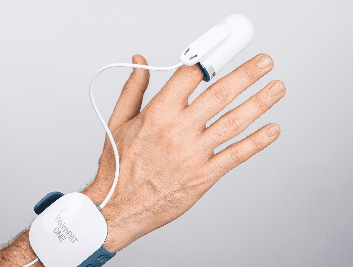
our partner at sleepdoctor.com
Save 45% on your Sleep Test Today
Shop now“Truly grateful for this home sleep test. Fair pricing and improved my sleep!”
Dawn G. – Verified Tester
How Do You Get a Sleep Apnea Diagnosis?
Sleep apnea can only be diagnosed by a medical professional such as a family doctor or sleep specialist. People cannot self-diagnose the disorder using wearables, even FDA-approved models like the Apple Watch.
If your doctor believes you may be experiencing sleep apnea, they will likely recommend either an in-lab sleep study or an at-home sleep apnea test. These studies and tests provide the information needed to diagnose sleep apnea, but both have benefits and drawbacks.
Once you have been diagnosed with sleep apnea, your doctor is likely to prescribe treatment. The most common treatment is a positive airway pressure (PAP) device, such as a continuous positive airway pressure (CPAP) machine.
At-Home Sleep Tests vs. In-Lab Sleep Studies
Although in-lab sleep studies are considered the gold standard method for diagnosing sleep apnea, at-home sleep apnea tests are a convenient alternative and work well for some people.
Many at-home sleep apnea tests involve both a wearable device and a smartphone app, making them feel similar to an Apple Watch. However, these tools differ from an Apple Watch, because they are specifically designed and FDA-approved for diagnosing — rather than simply detecting — sleep apnea.
| At-Home Sleep Tests | In-Lab Sleep Study |
|---|---|
Benefits:
| Benefits:
|
Limitations:
| Limitations:
|
Apple Watches and Sleep Apnea
The Apple Watch's Breathing Disturbances feature monitors your respiratory patterns to determine if your breathing is “elevated” or “not elevated.” Consistent “elevated” breathing is a key indicator for sleep apnea. You'll receive a report every 30 days with a visual representation of your nightly breathing patterns during that time.
People with sleep apnea tend to have disordered sleep architecture, meaning they spend more or less time than the average person in the different stages of sleep. They also usually wake up frequently due to lapses in breathing and may have an unusual respiratory rate compared to the average person.
If your Apple Watch indicates that you are experiencing any of these symptoms, it’s worth speaking to your doctor about your concerns.
There are currently no smartphone apps available to the general public that are FDA-approved for the detection or diagnosis of sleep apnea. Those that have received FDA clearance for pre-screening people suspected of having sleep apnea, such as Drowzle and SleepCheckRx, are only available for use with a prescription.
Some companies claim their apps help detect sleep apnea by monitoring your snoring or using your phone’s accelerometer to track your sleep. However, the technology cannot be relied upon for sleep apnea detection. If you are concerned about sleep apnea, your doctor is the best source for information and diagnosis.
Many wearables feature tools that monitor breathing patterns, but only two tracking devices available to the general public are FDA-approved to detect sleep apnea. In February 2024, the Samsung Galaxy Watch's Health Monitor app became the first smartphone app to receive FDA approval for detecting sleep apnea. Apple received FDA approval for the Apple Watch's Breathing Disturbances feature in September 2024.
Although the FDA has approved other wearables for sleep apnea detection and diagnosis, these at-home sleep apnea tests are only available with a doctor’s prescription. Once your doctor receives the results from the at-home test, they can make a diagnosis and determine the correct sleep apnea treatment.
Some at-home sleep apnea testing tools resemble an Apple Watch, while others involve multiple sensors. If your doctor believes you’re eligible for an at-home test, they will direct you to the test that is best for your needs.
Still have questions?
Sleep apnea products can be confusing. If you need individualized assistance, send us an email at [email protected] with your questions and we'll help find the best fit for you.





